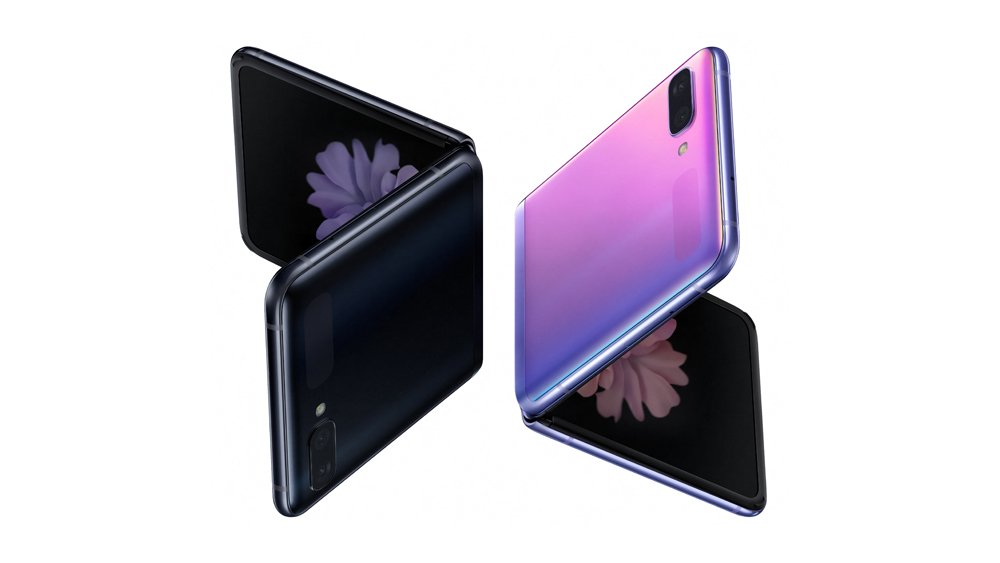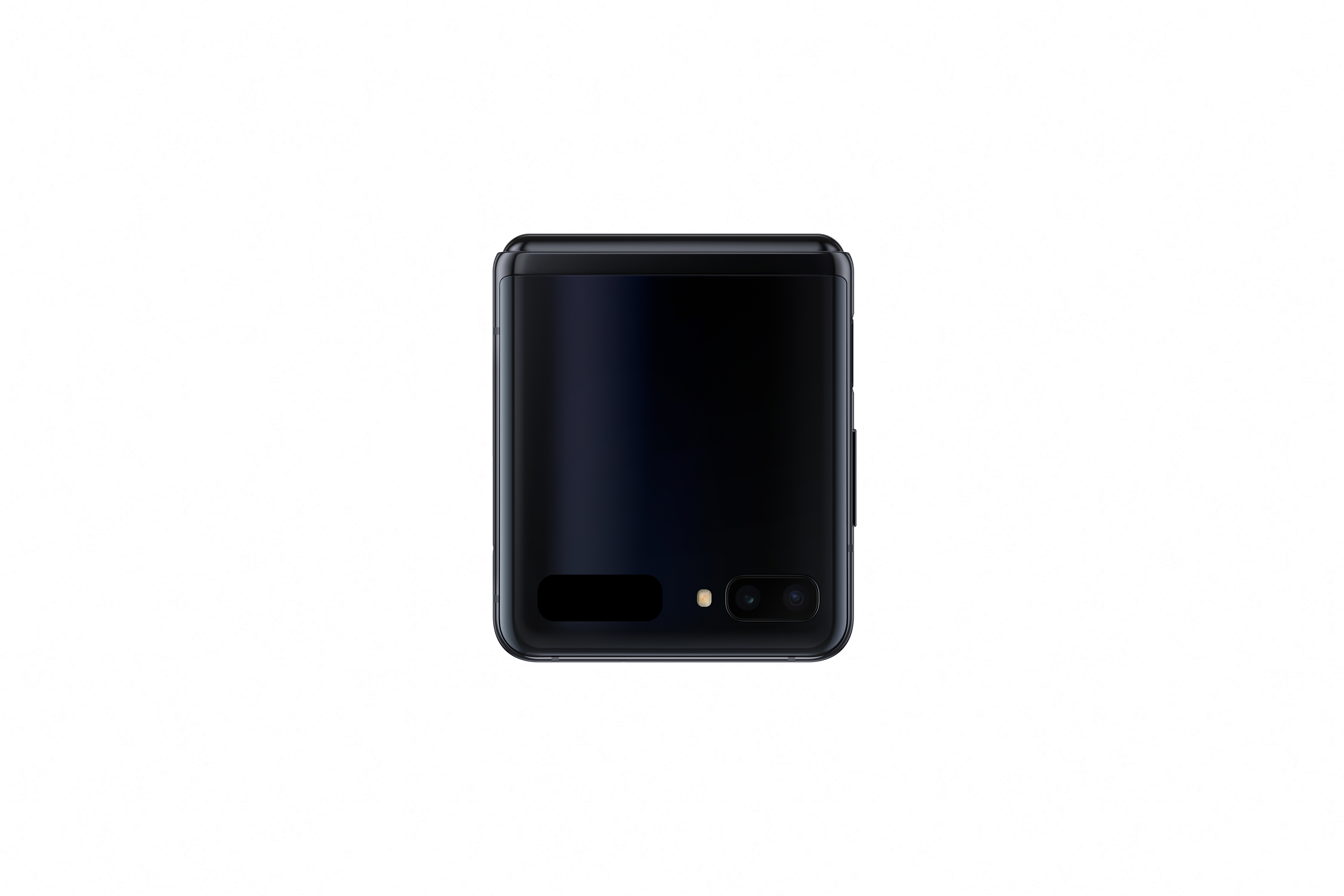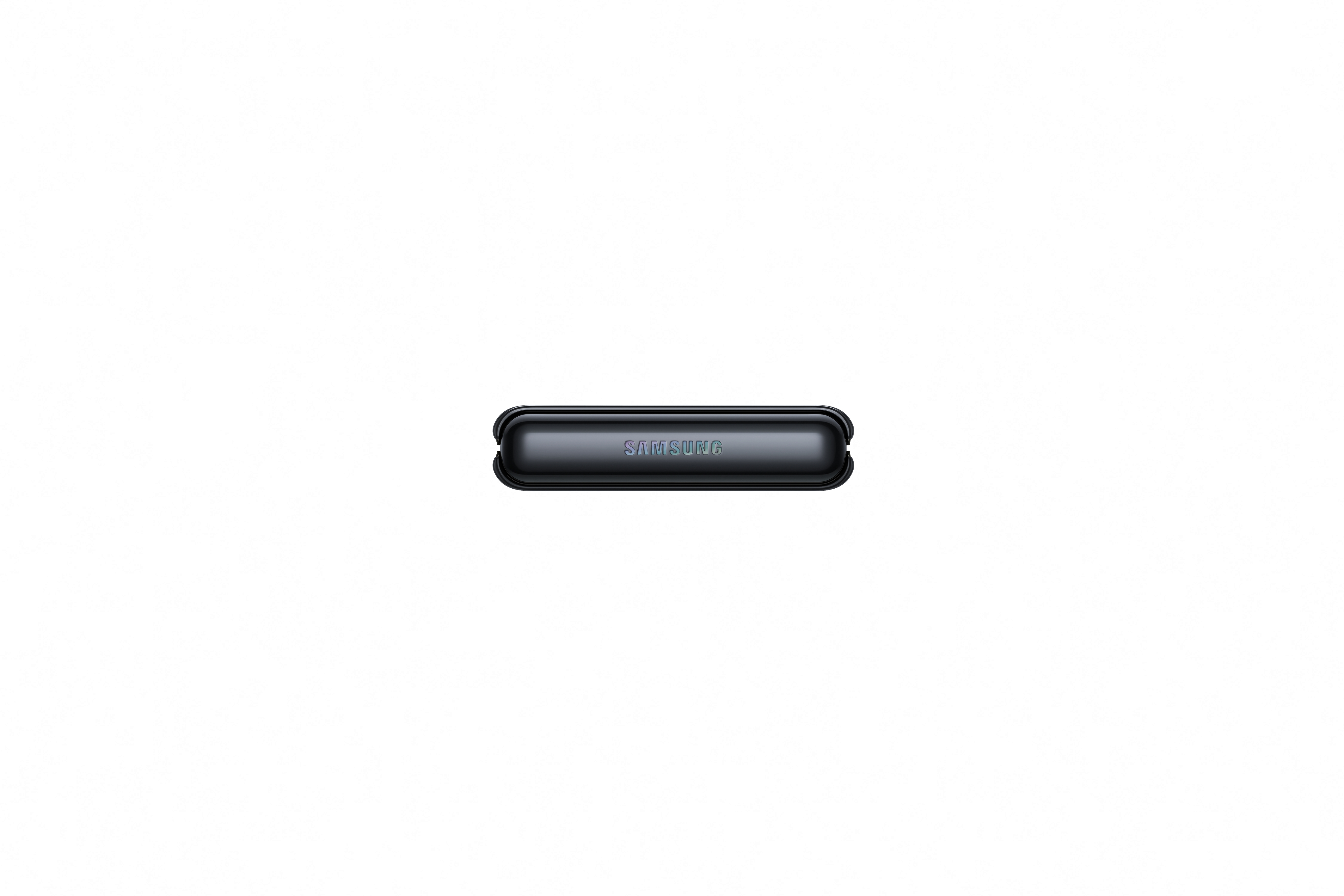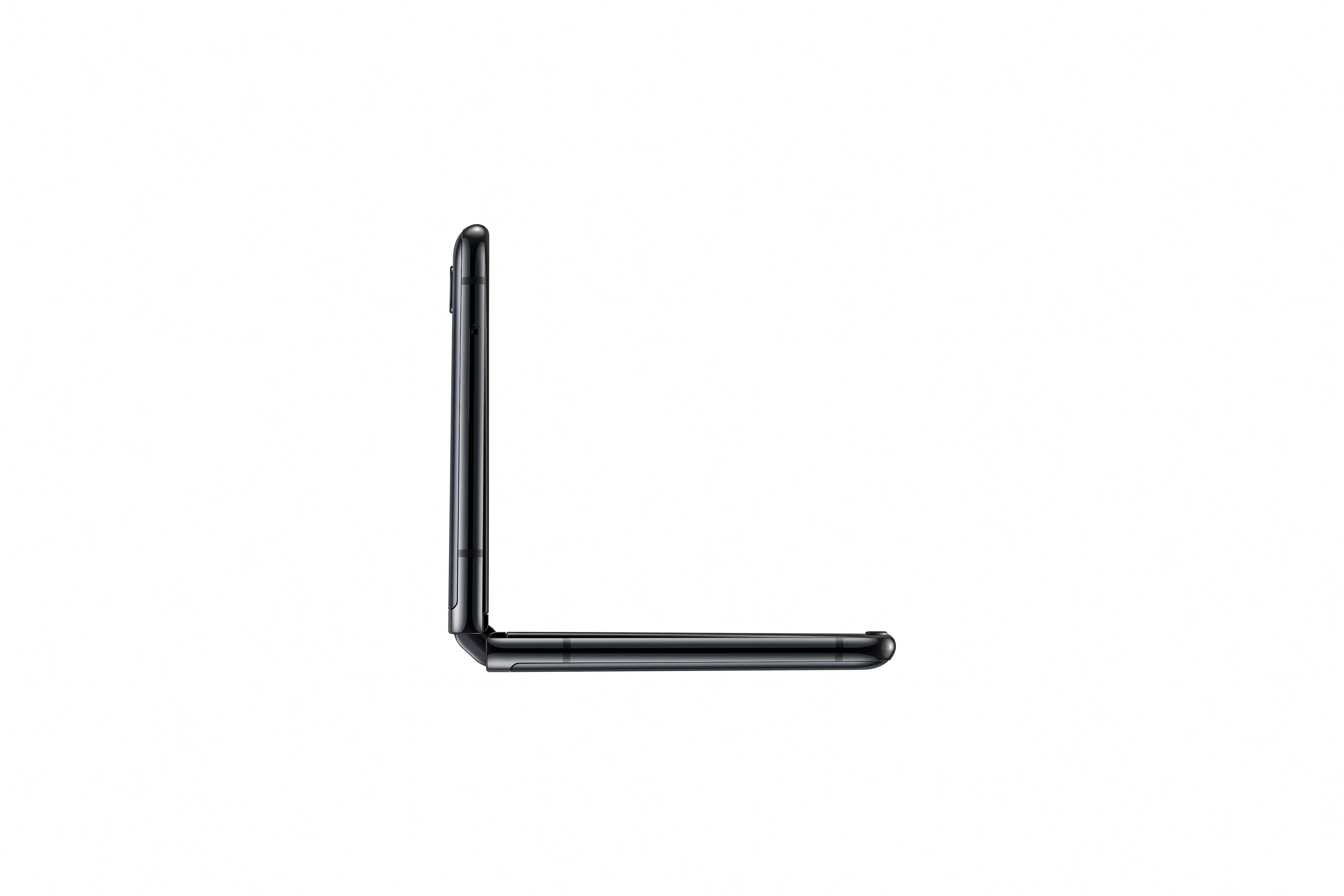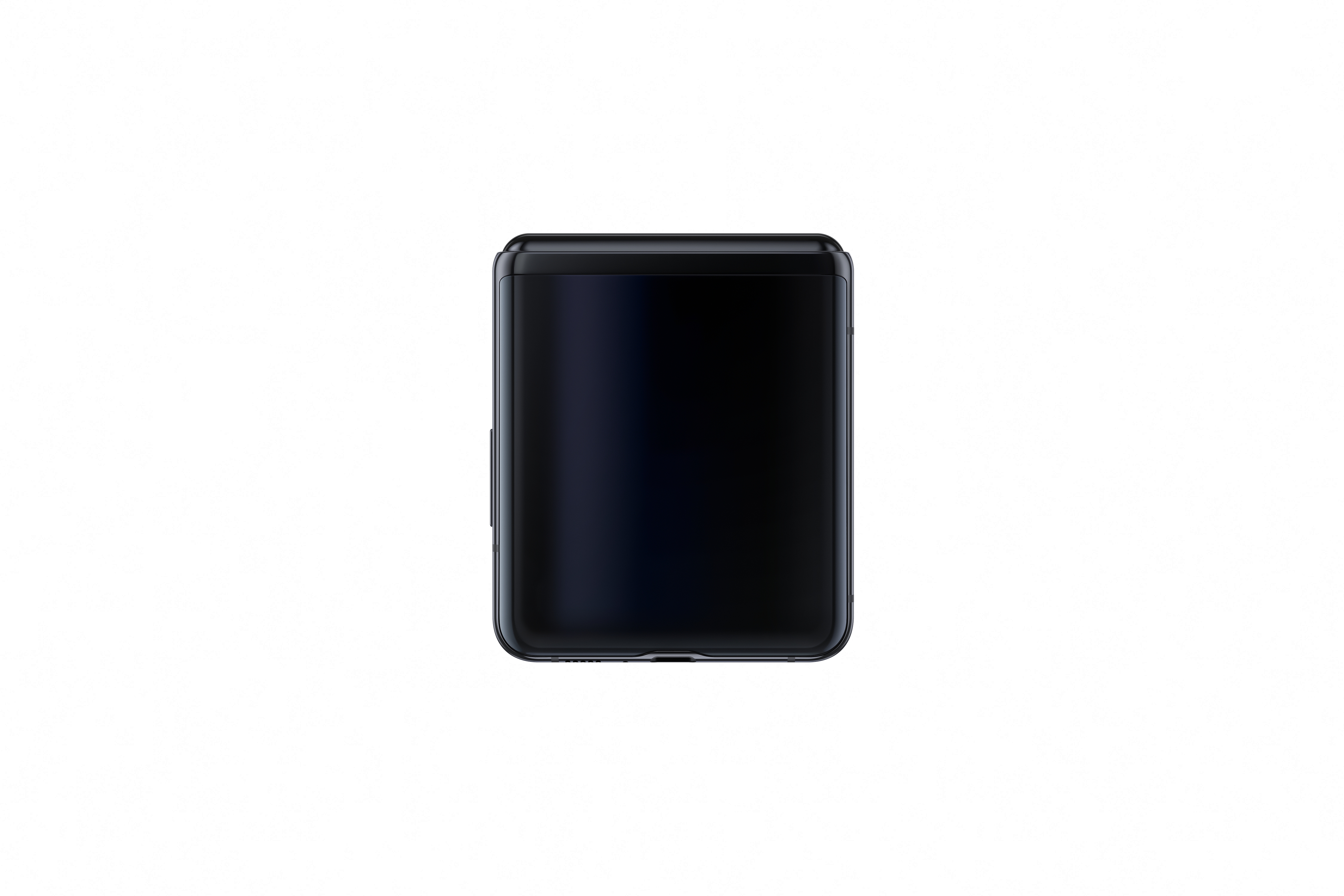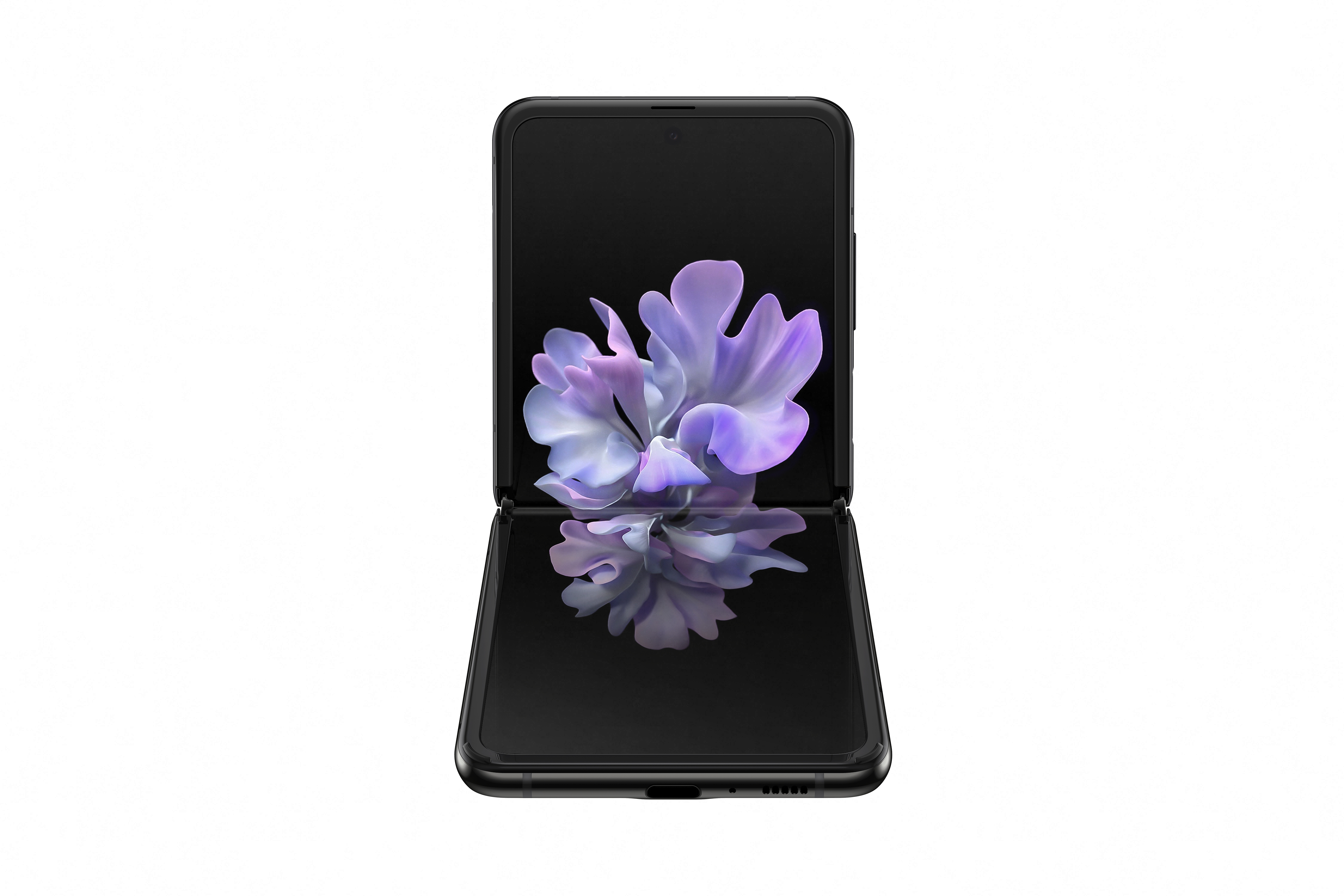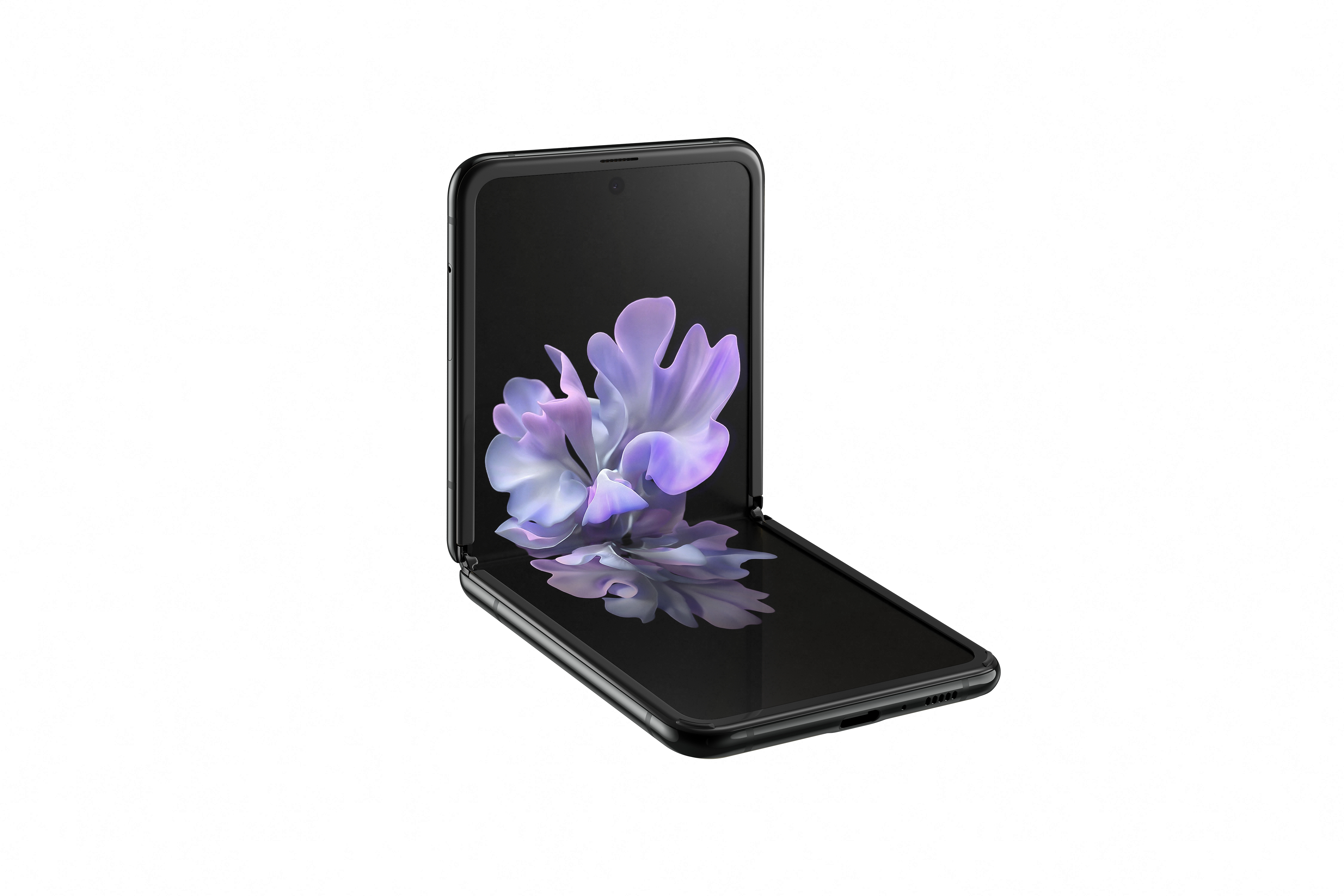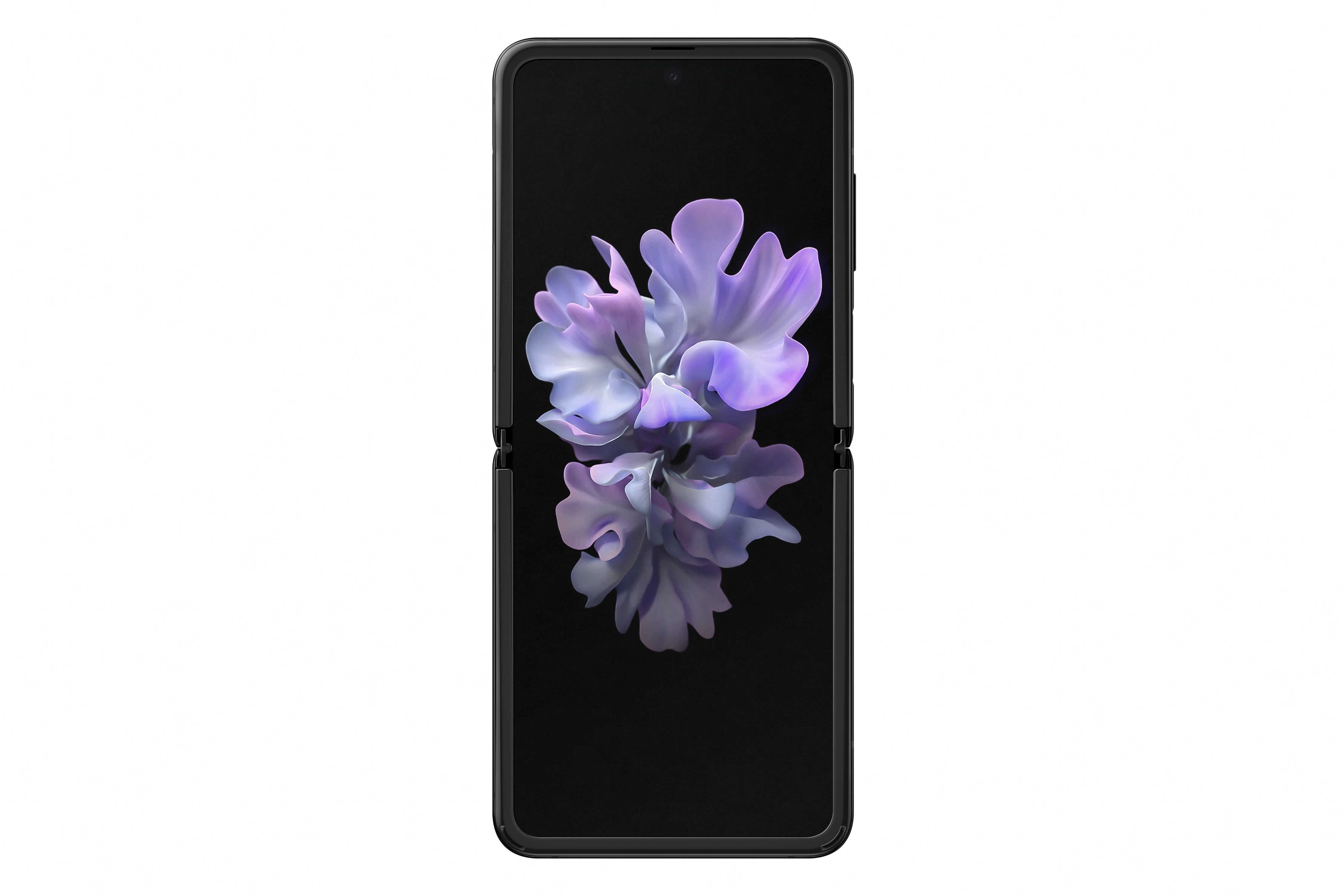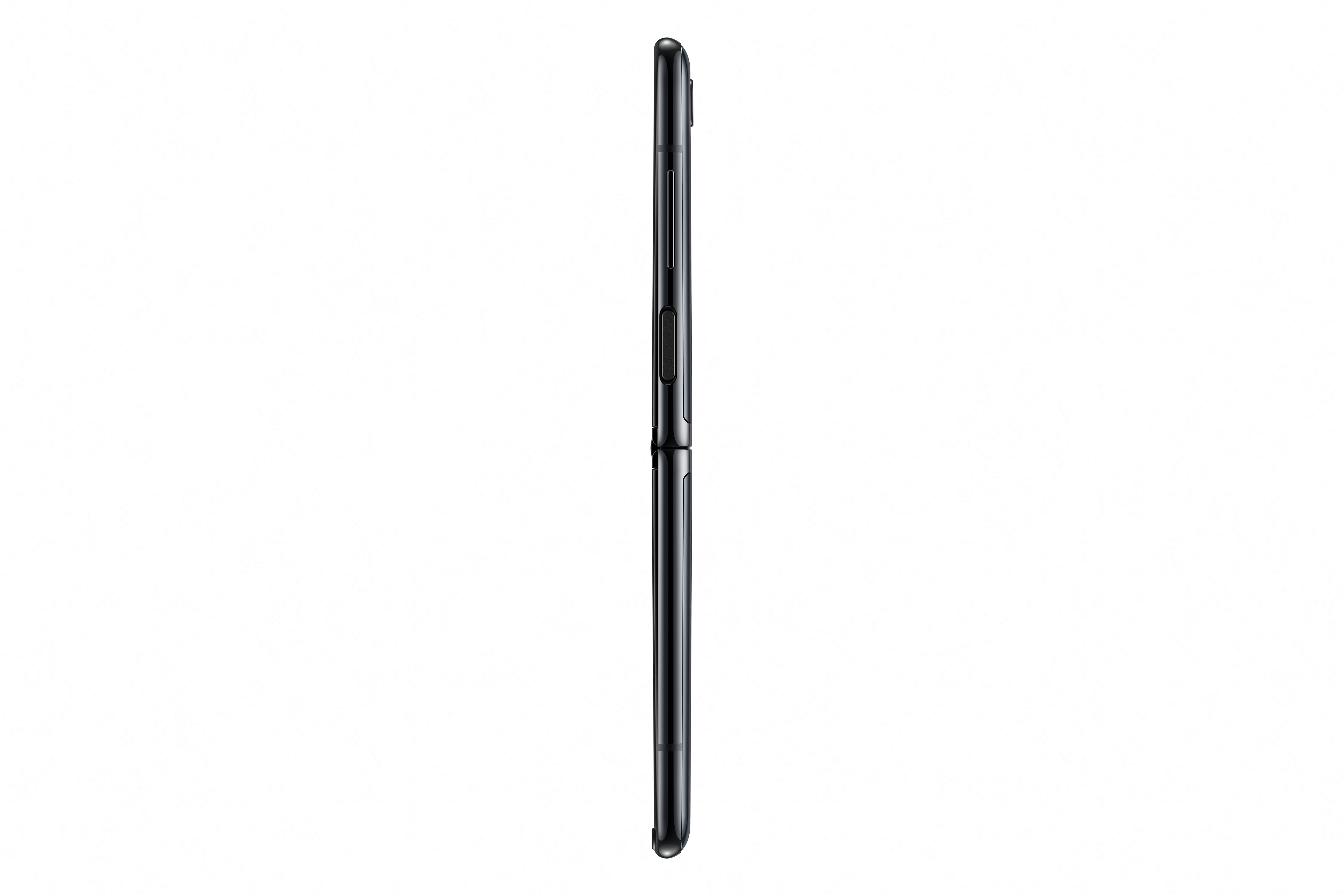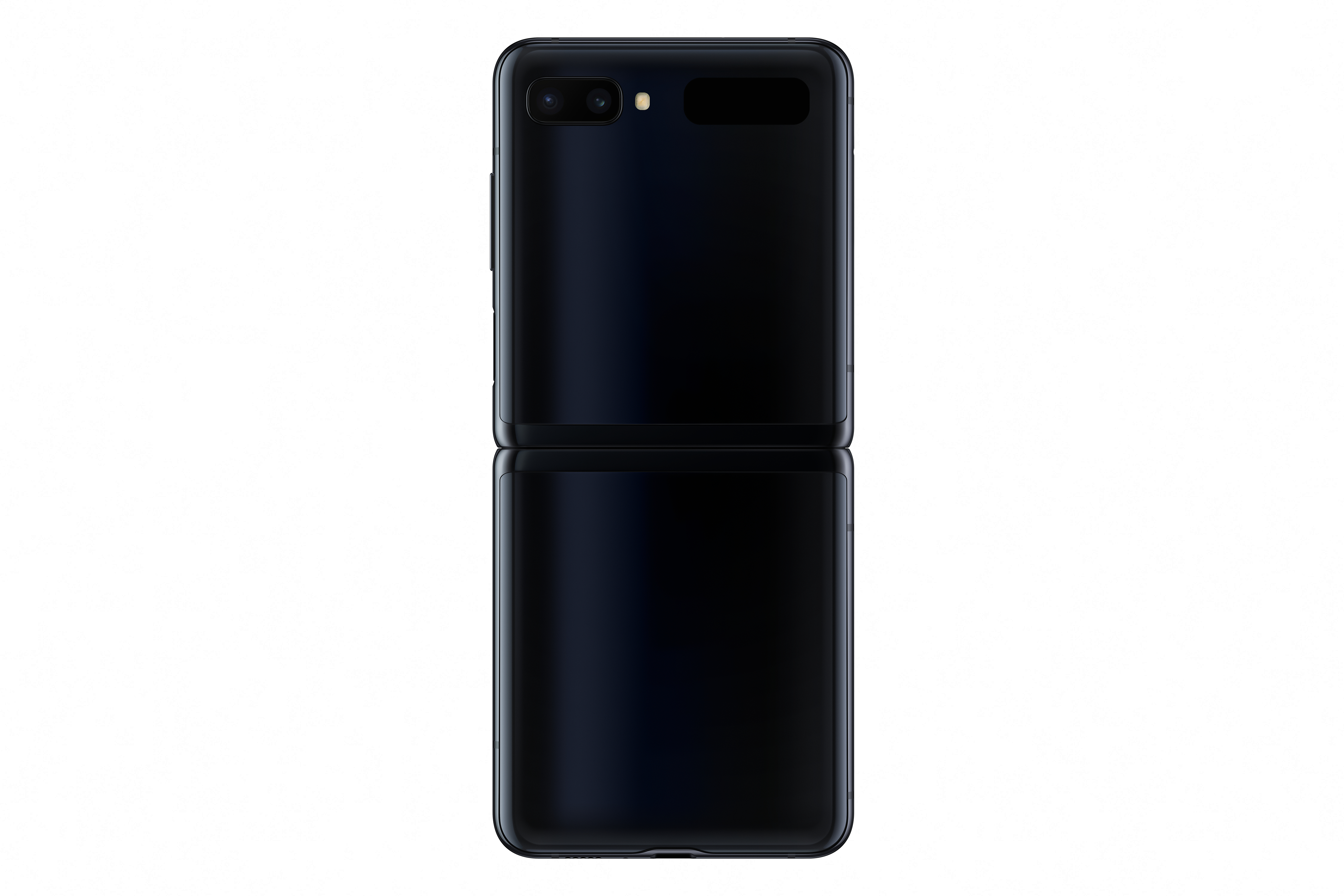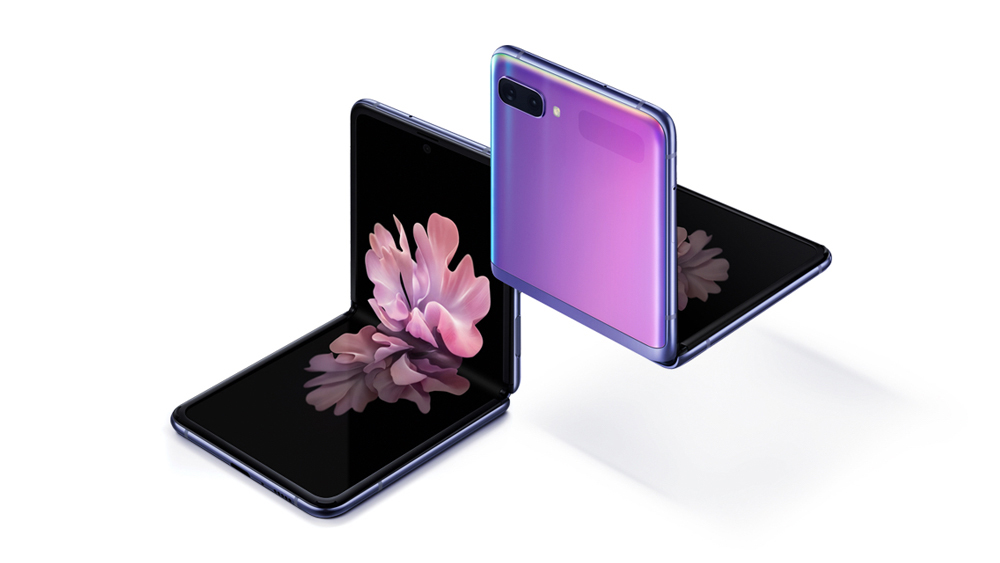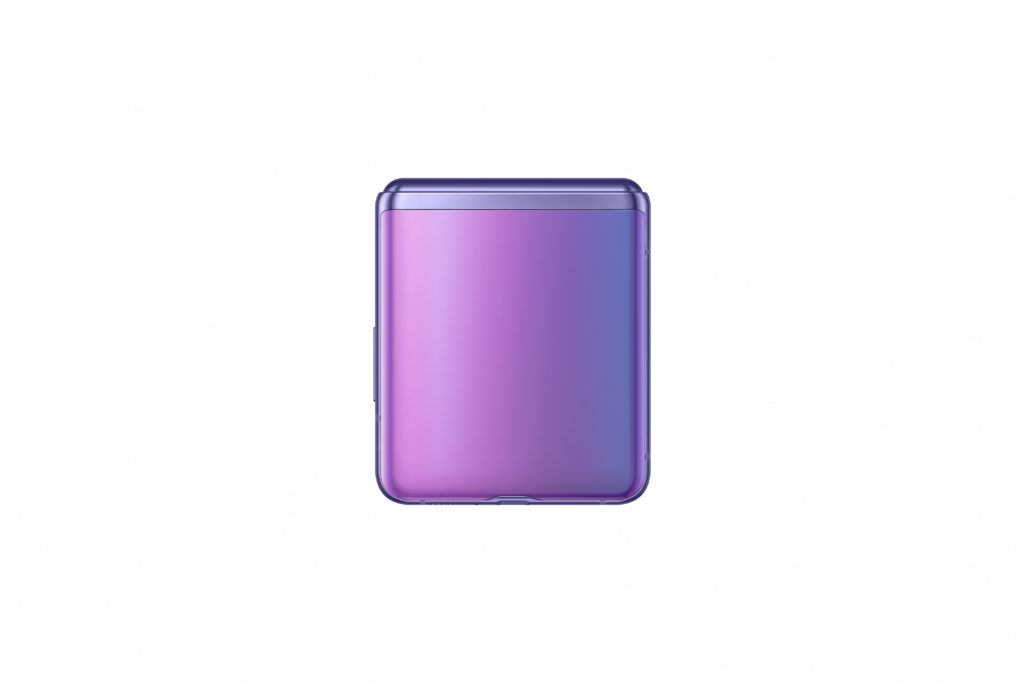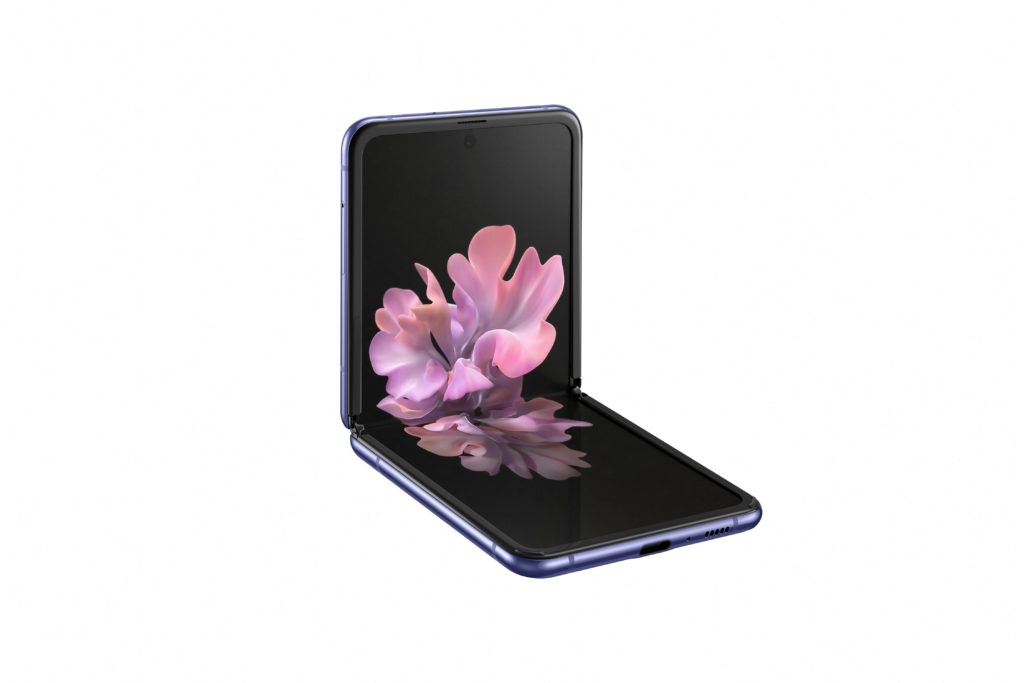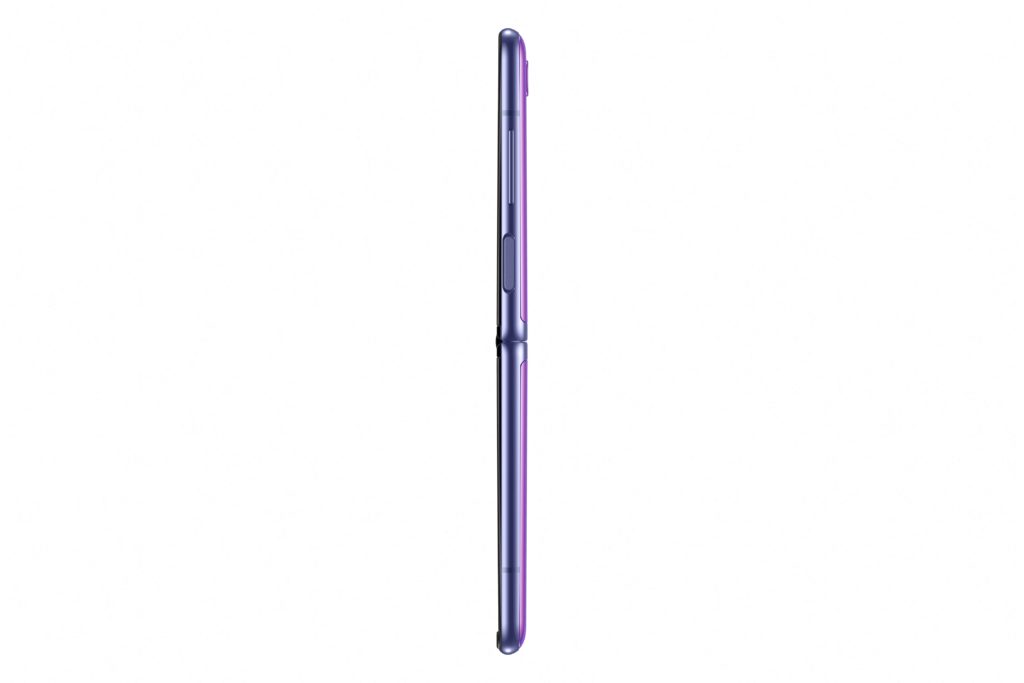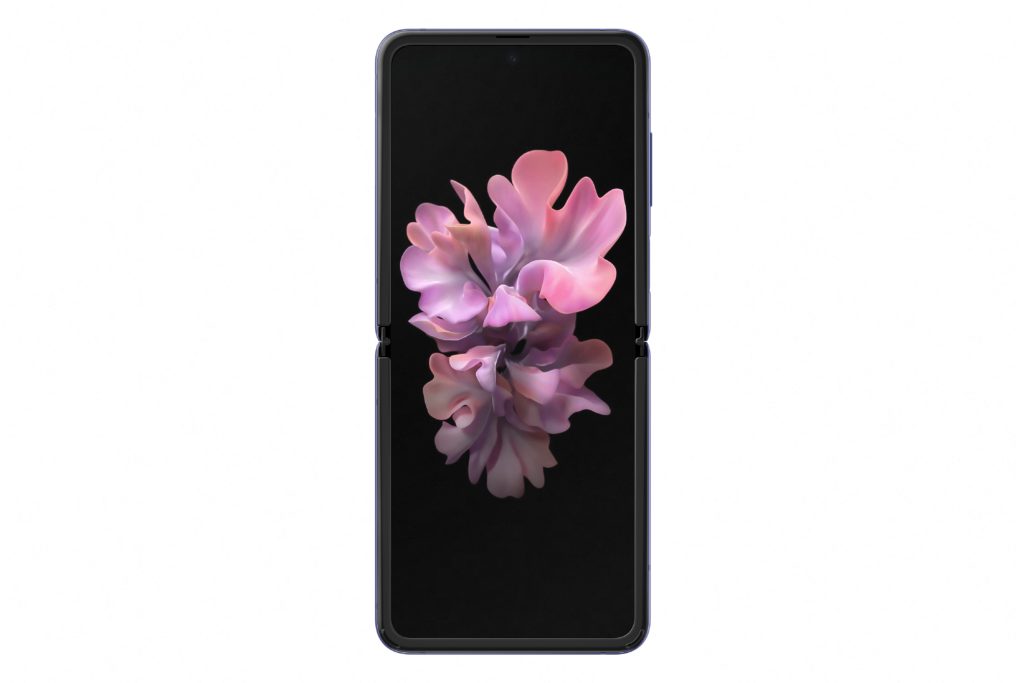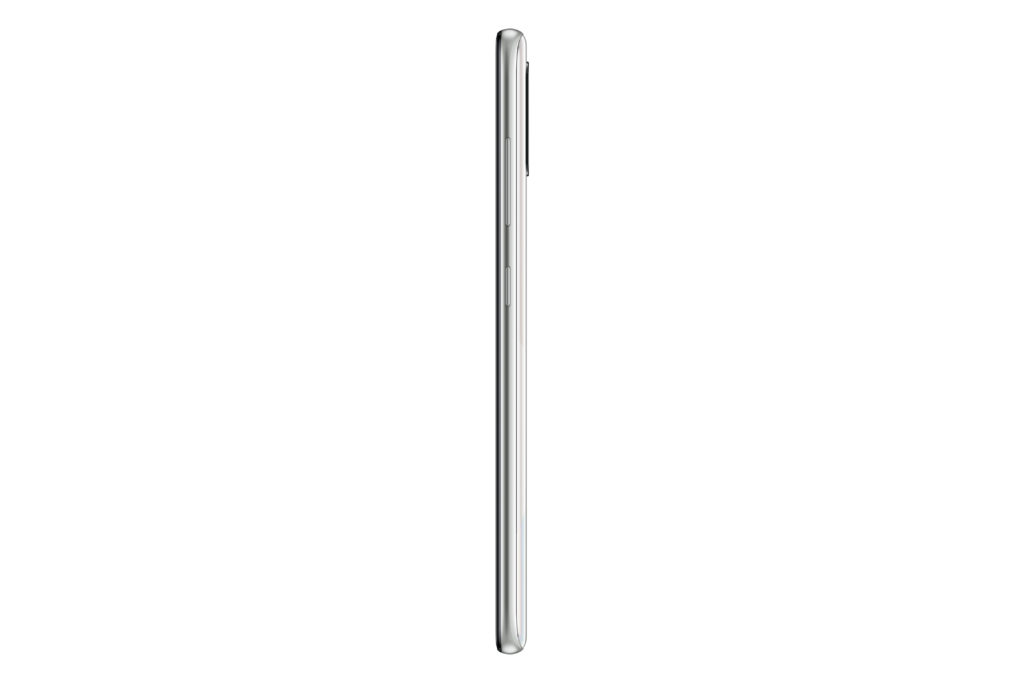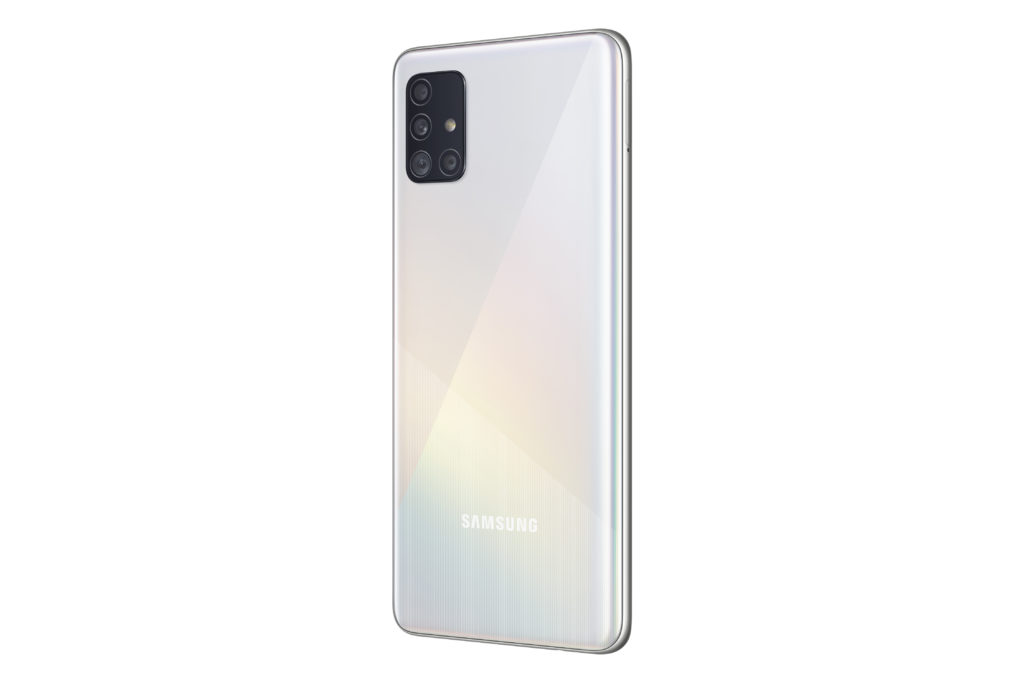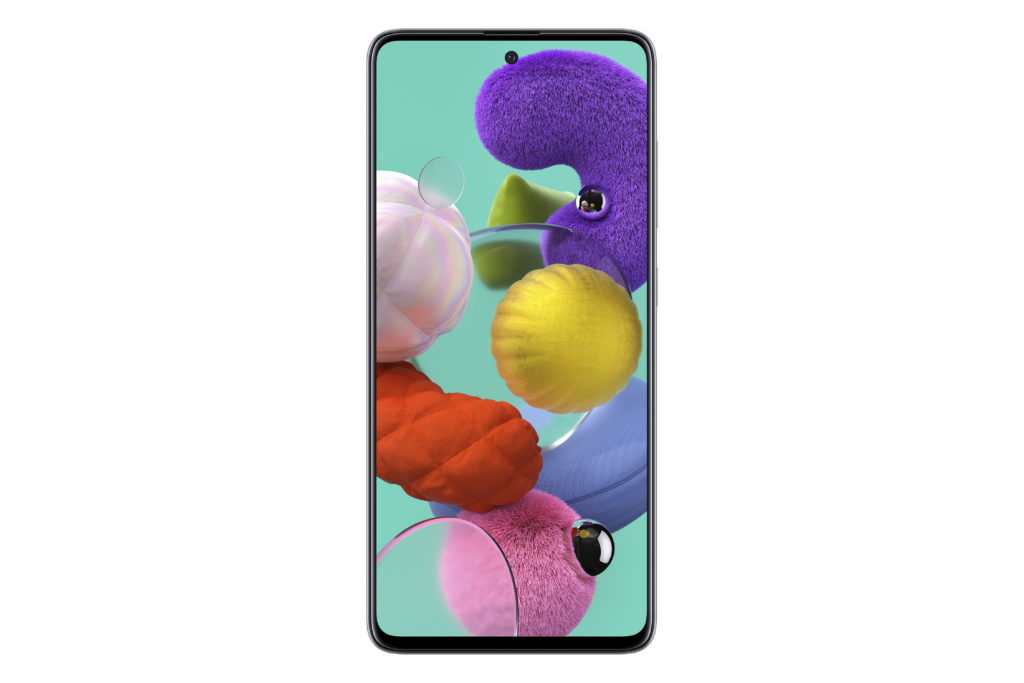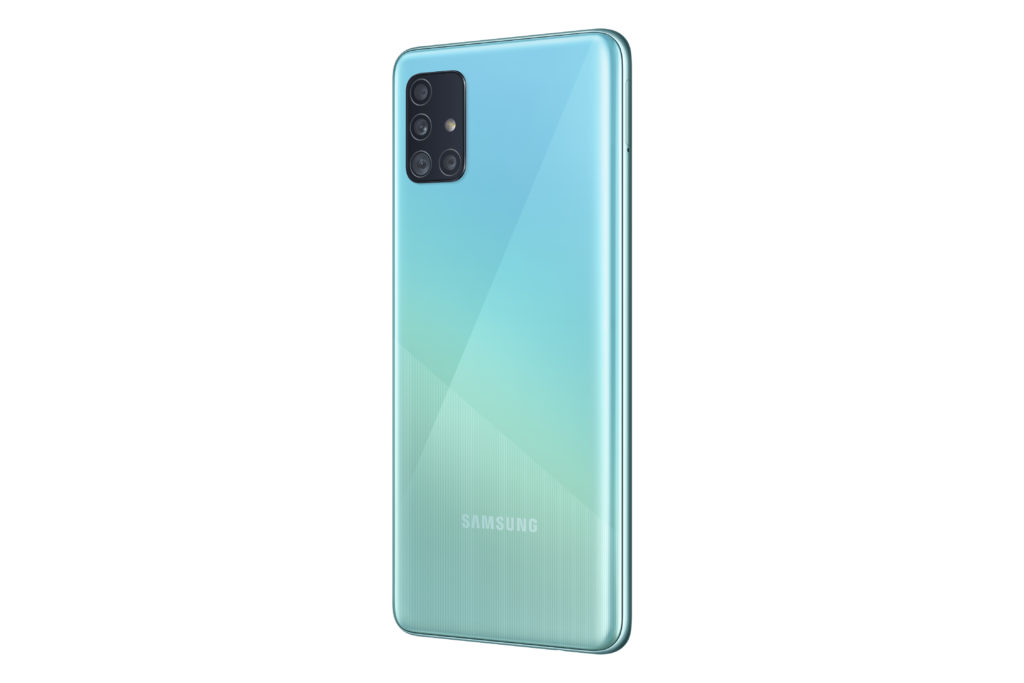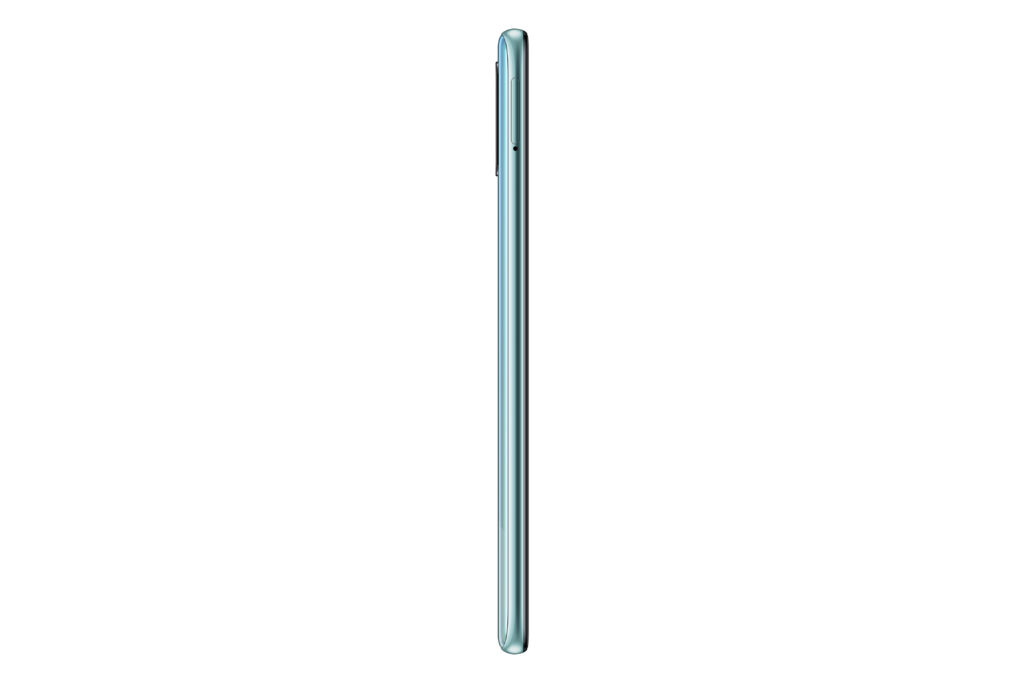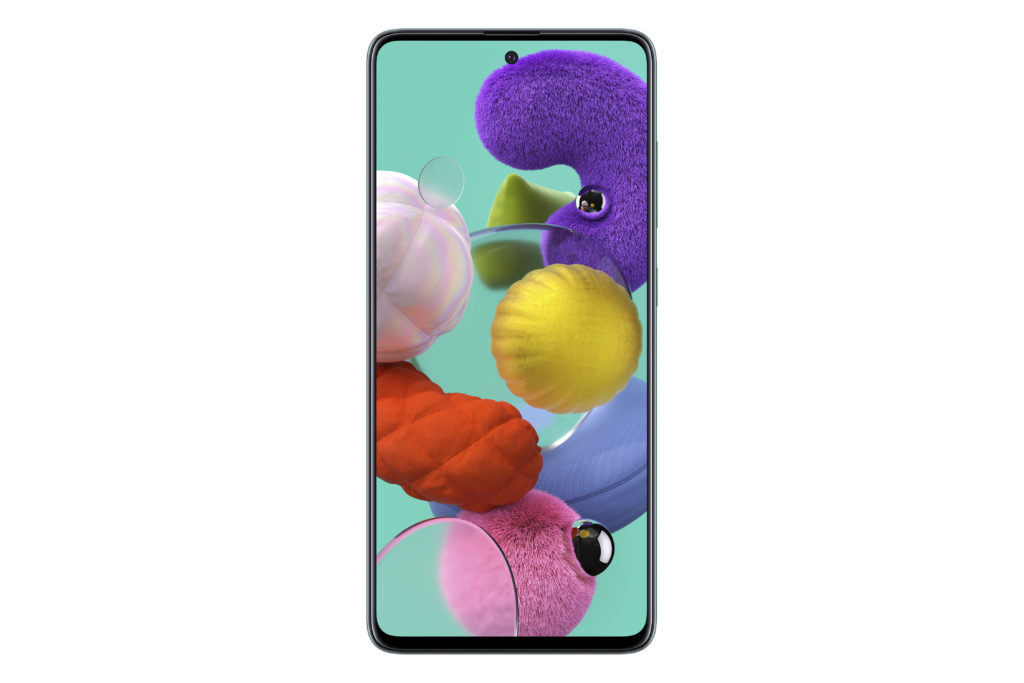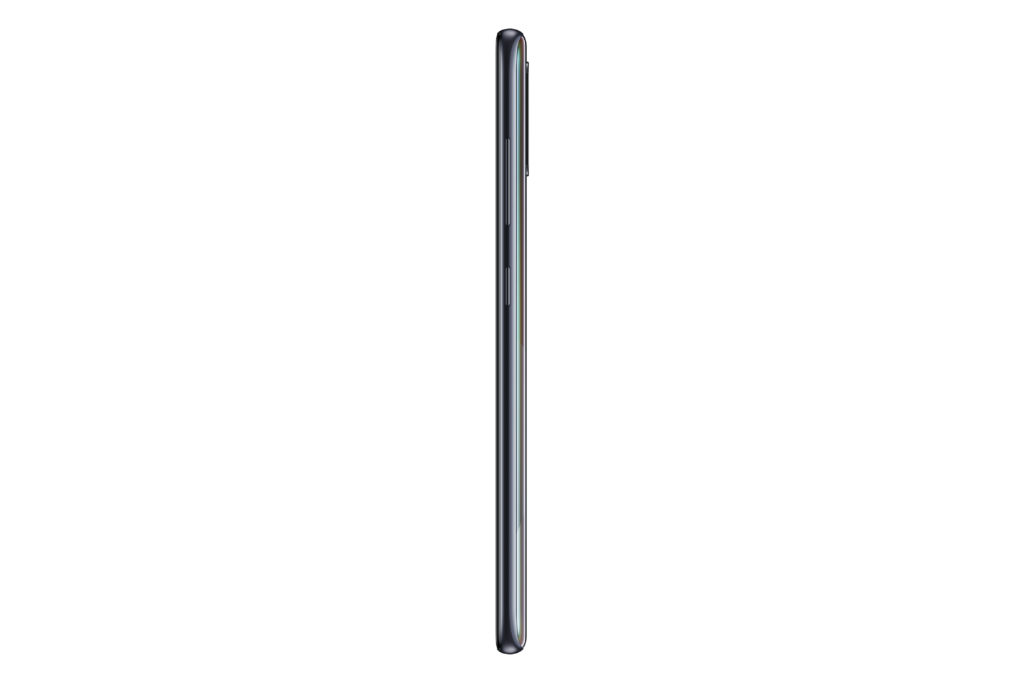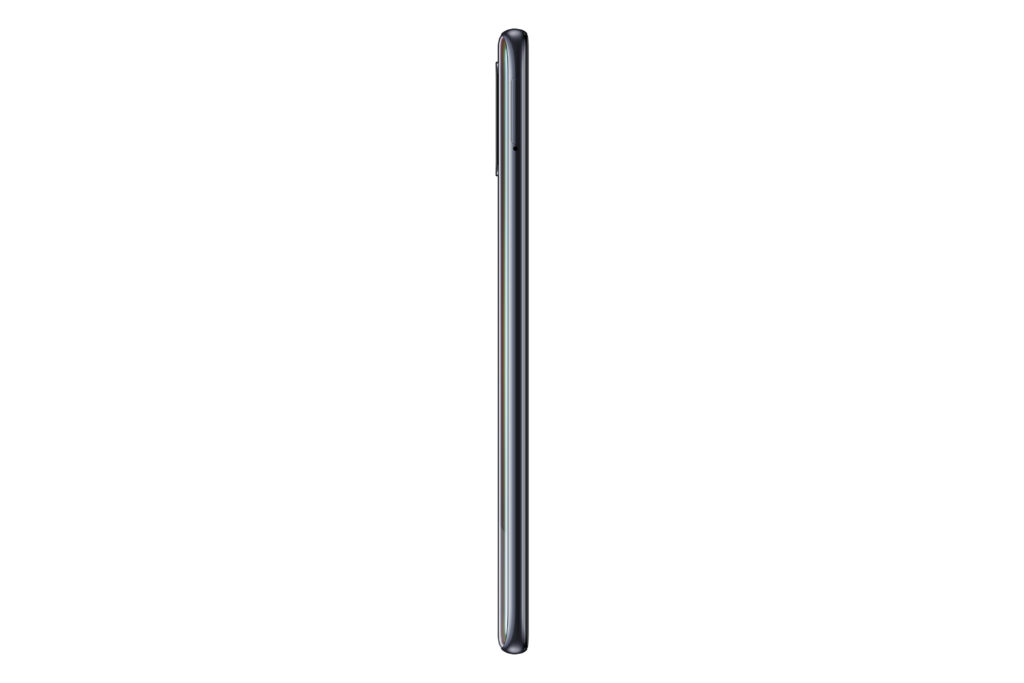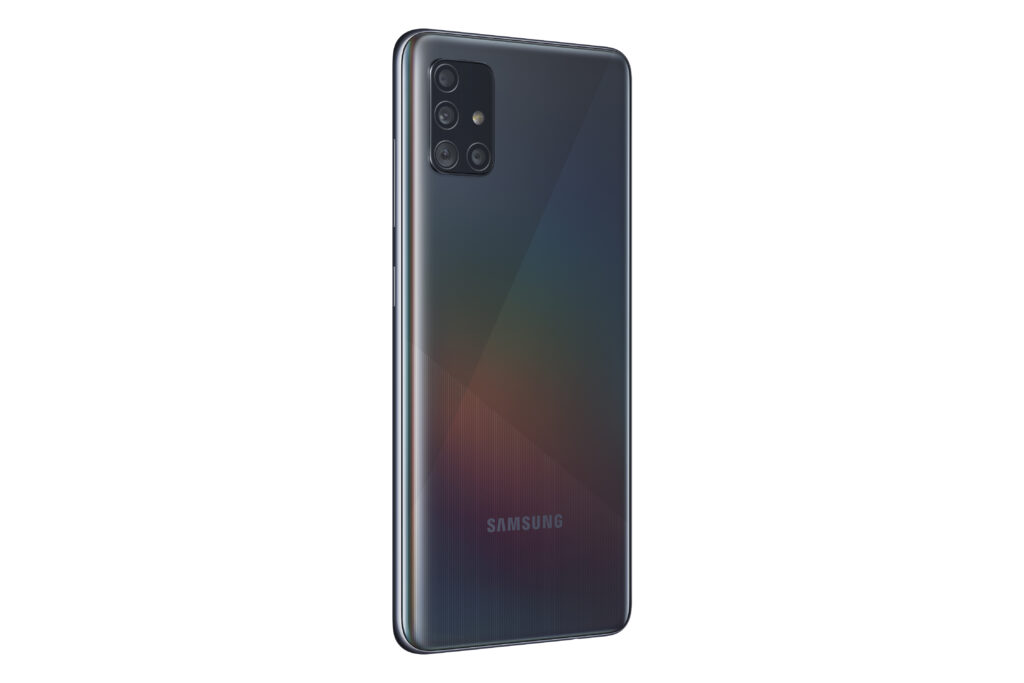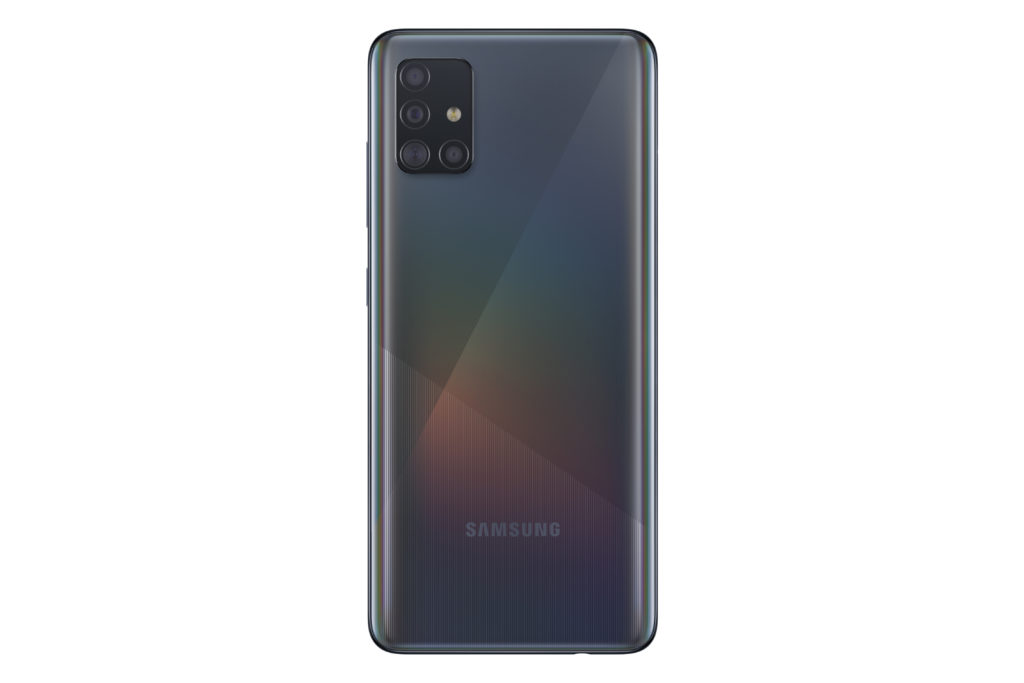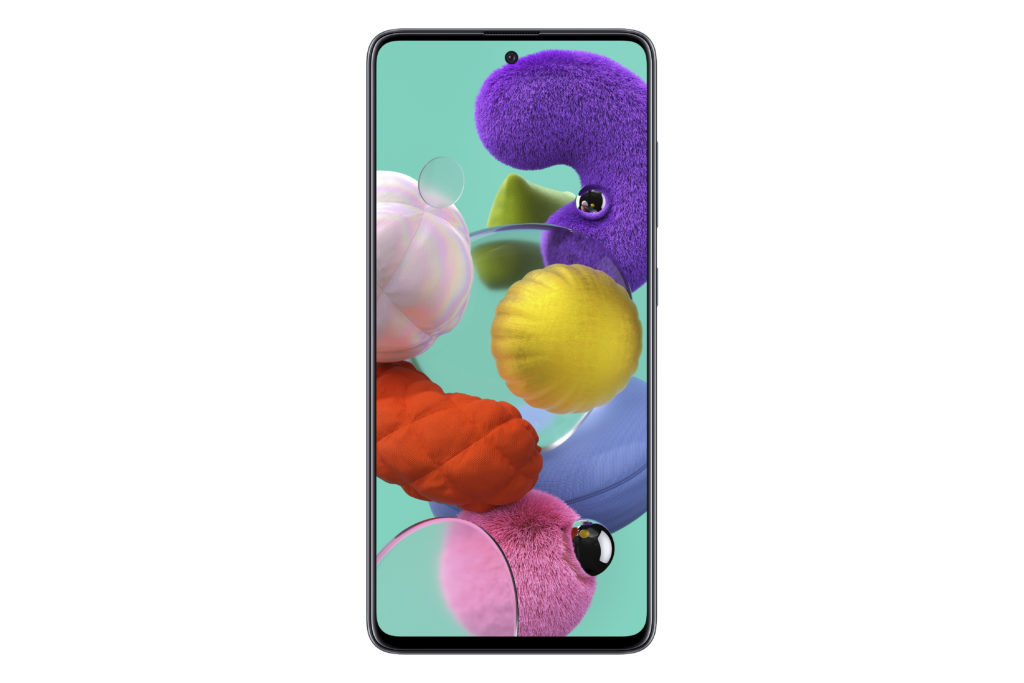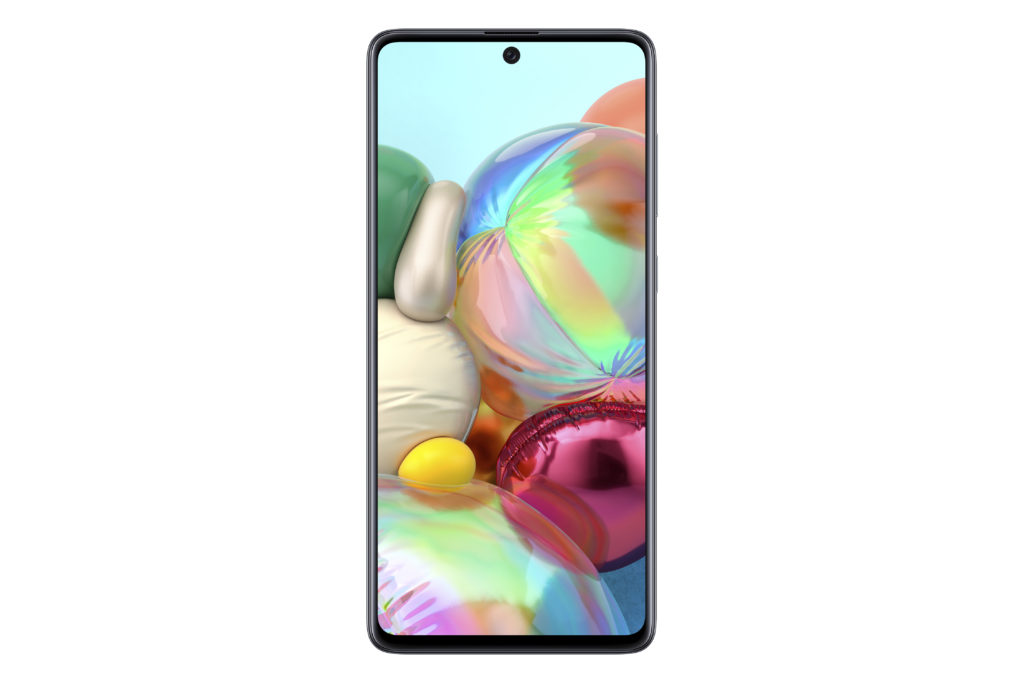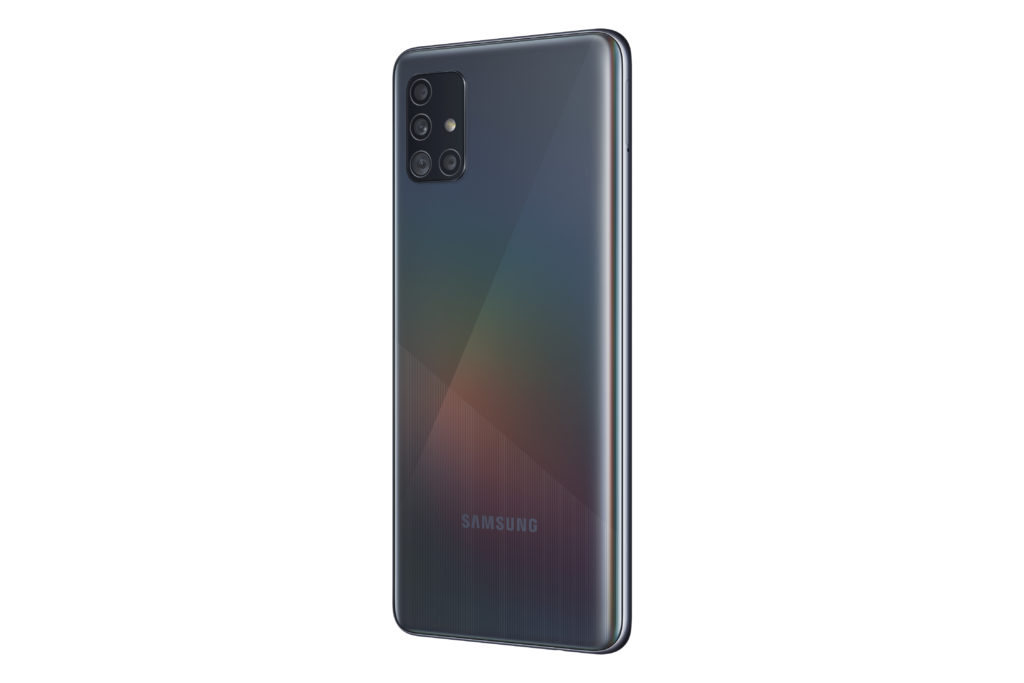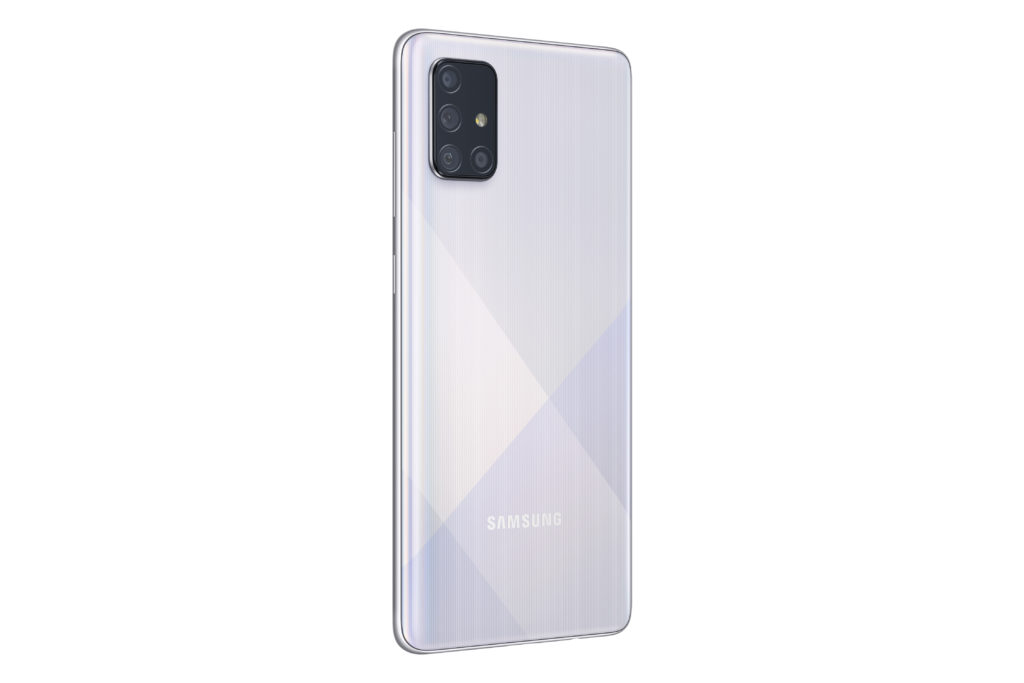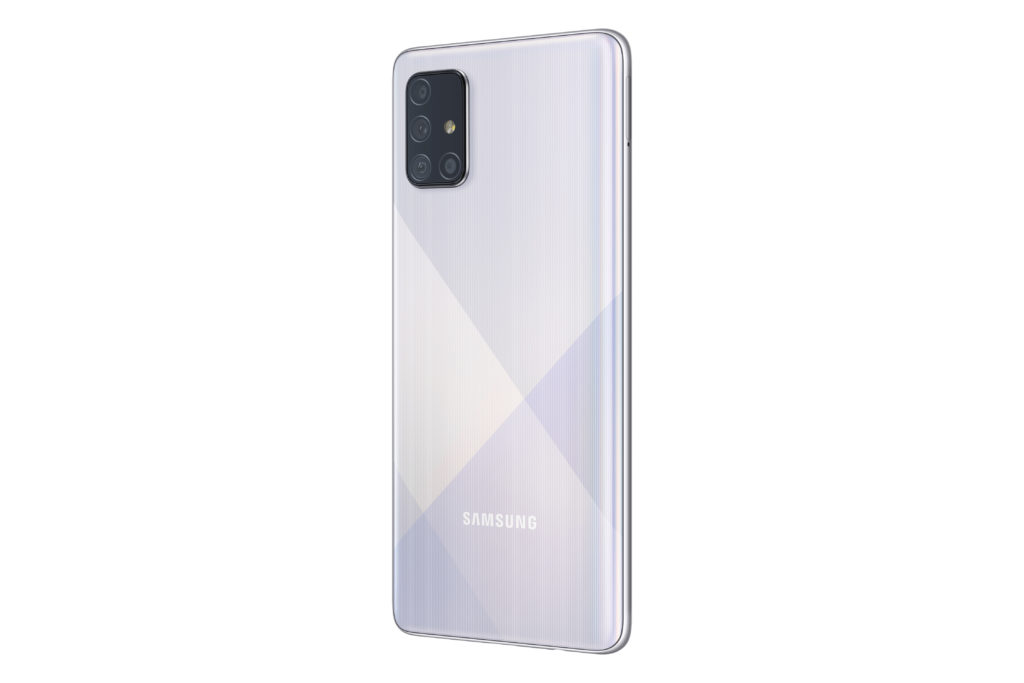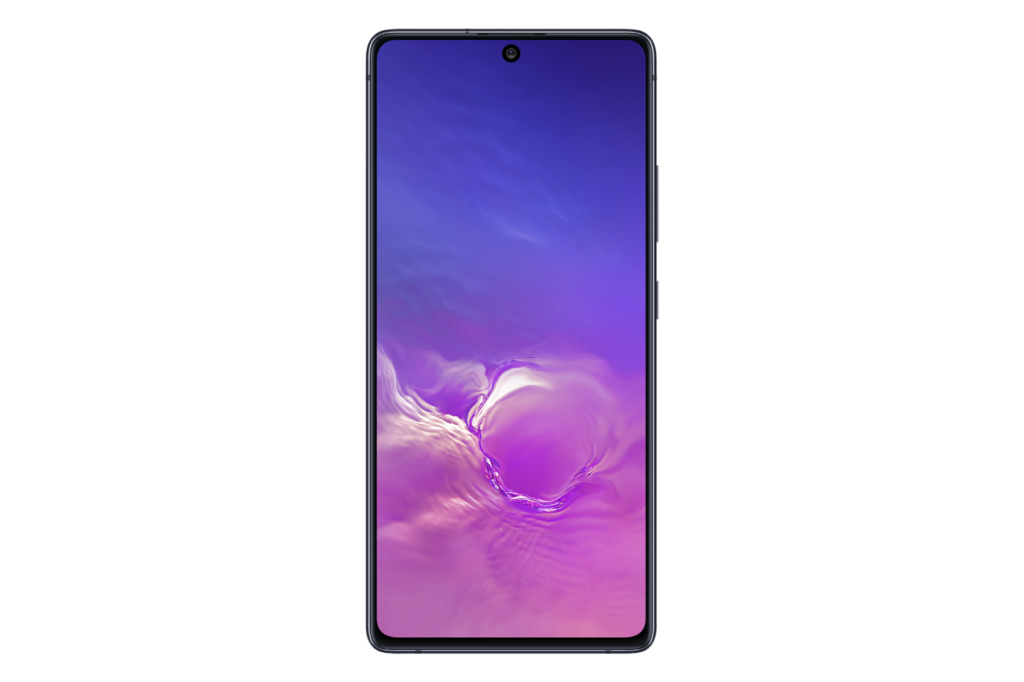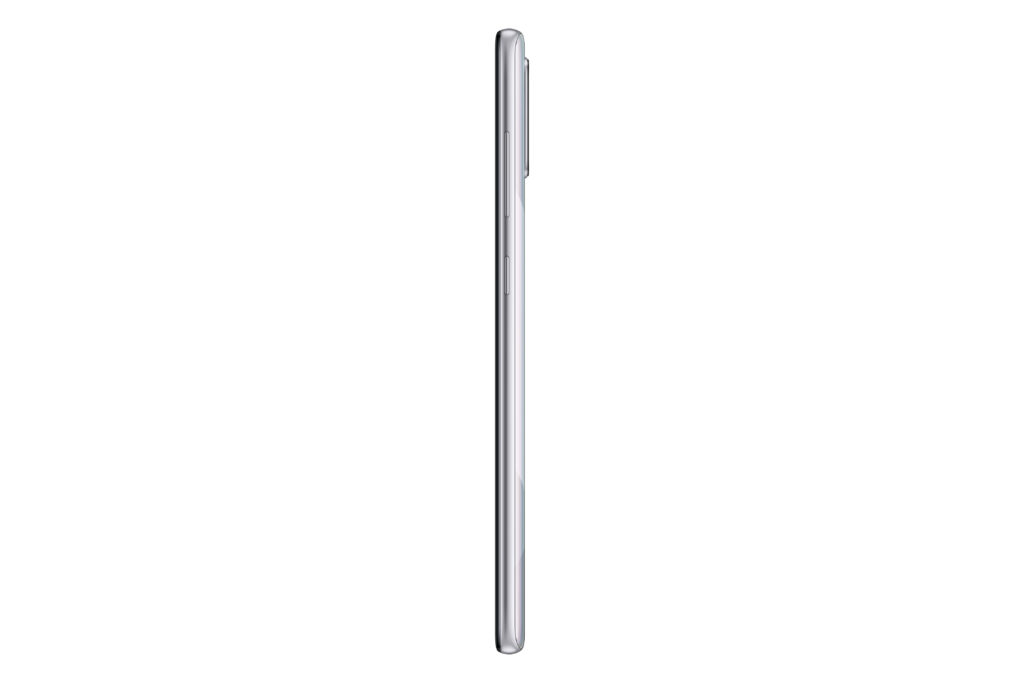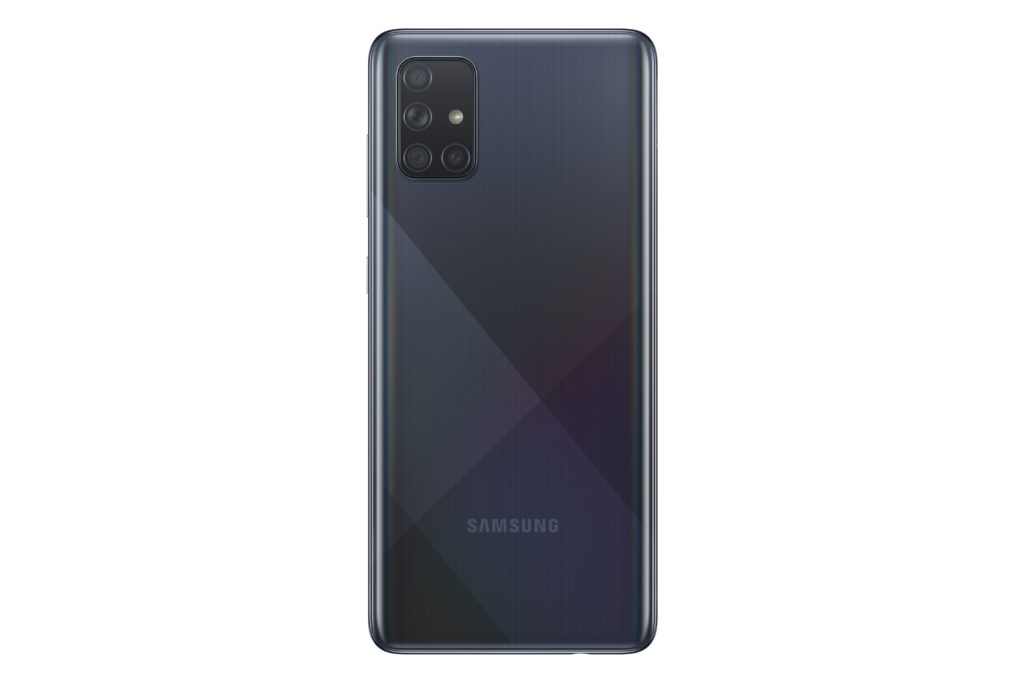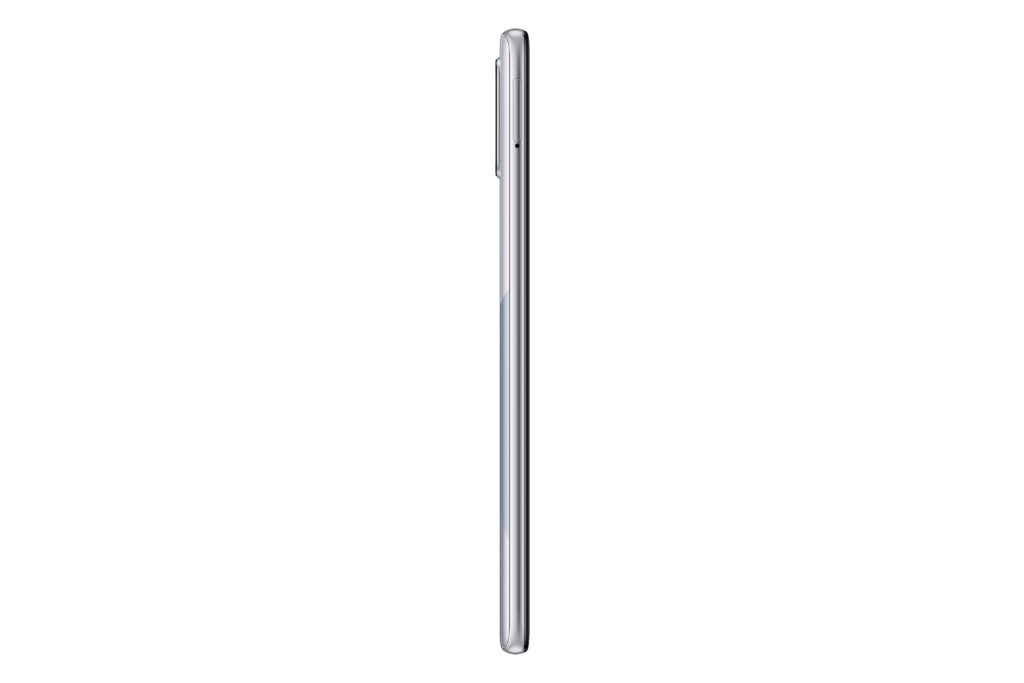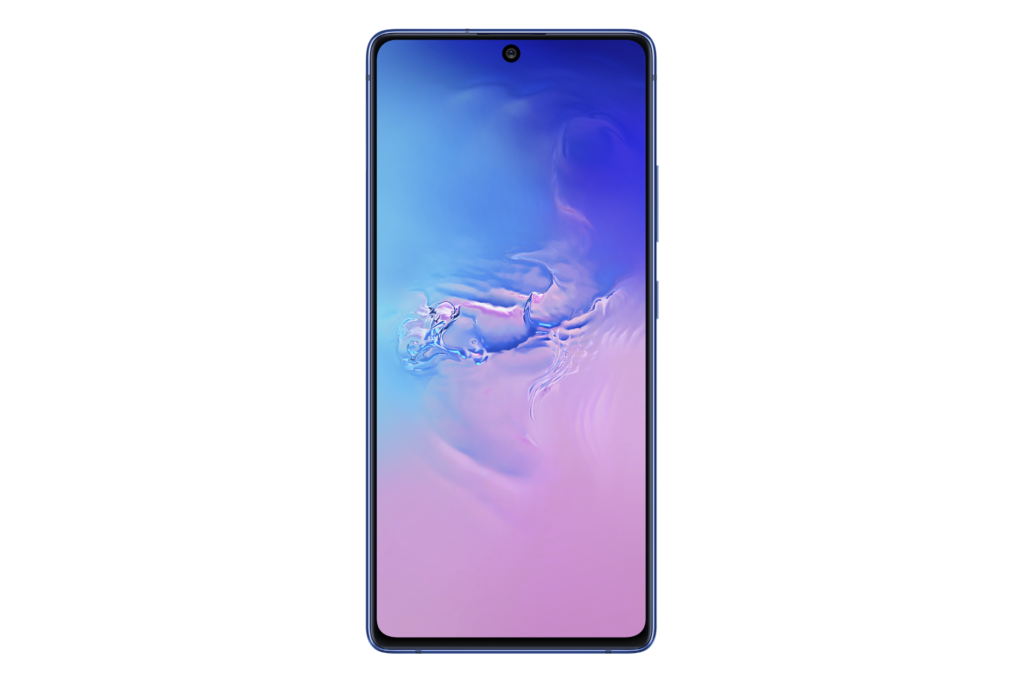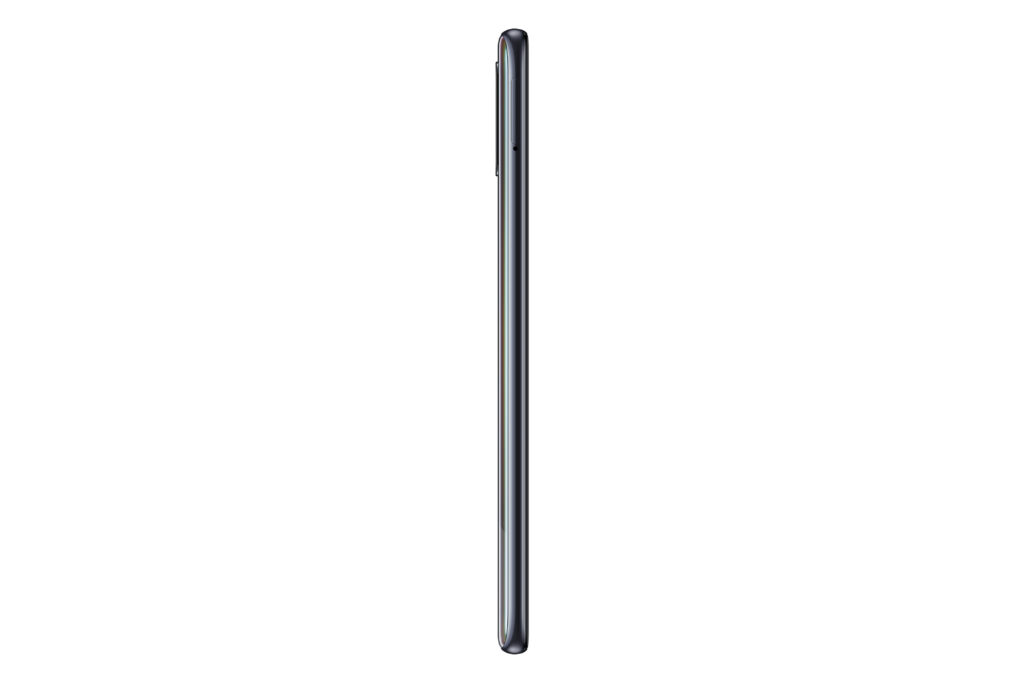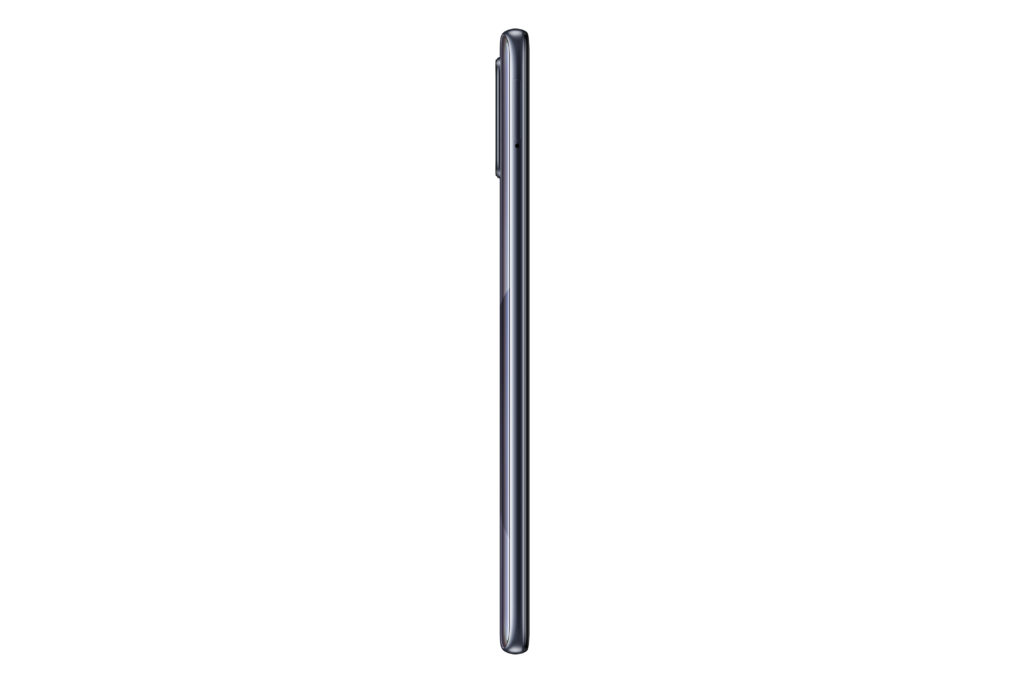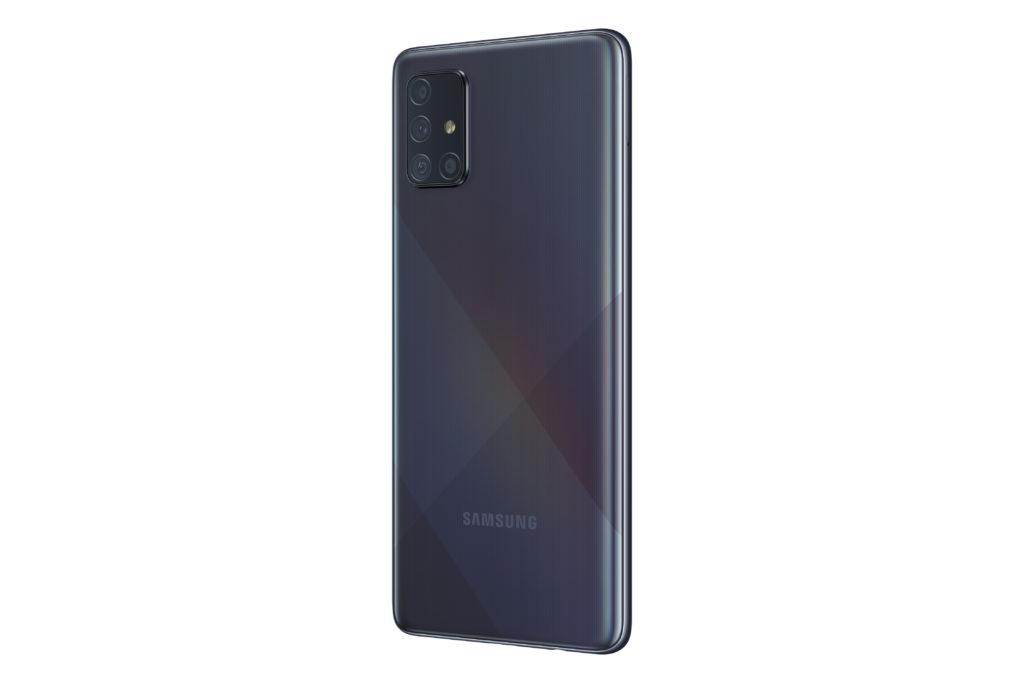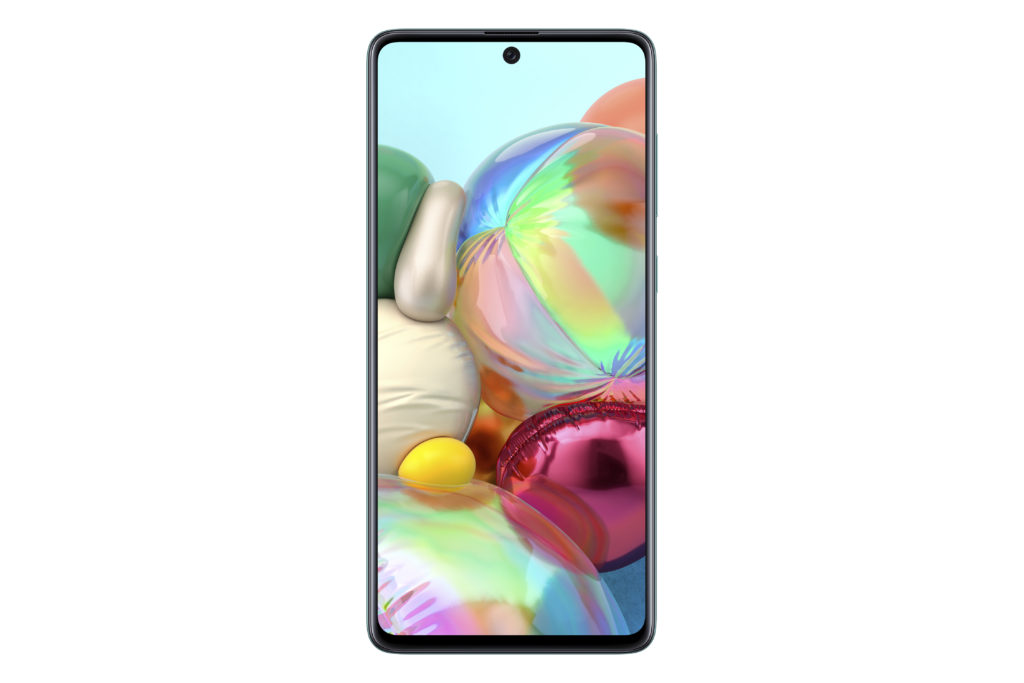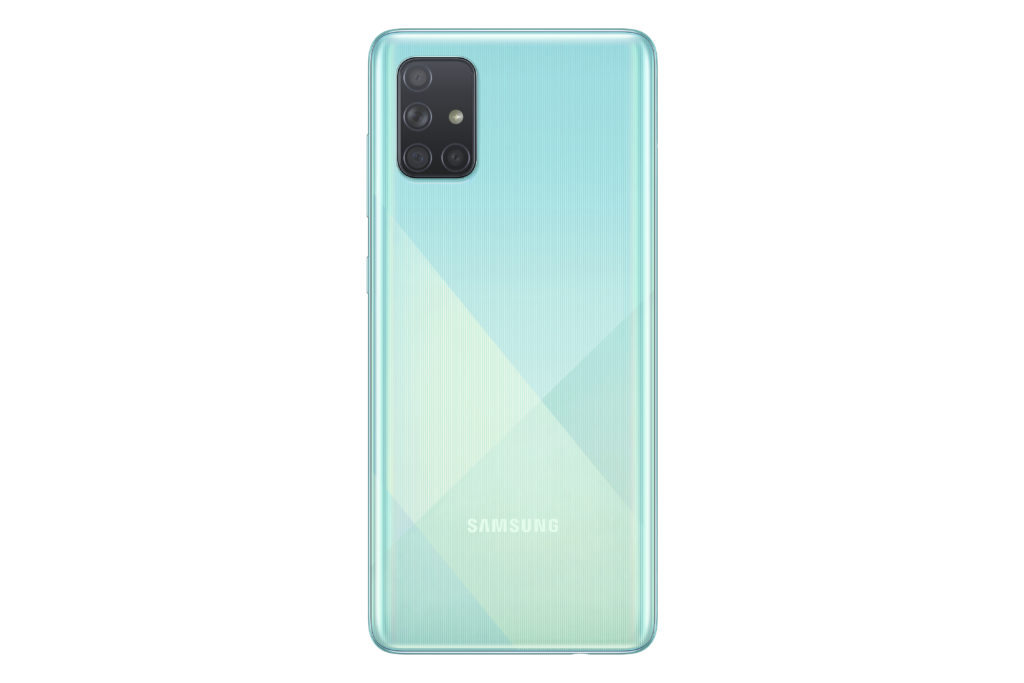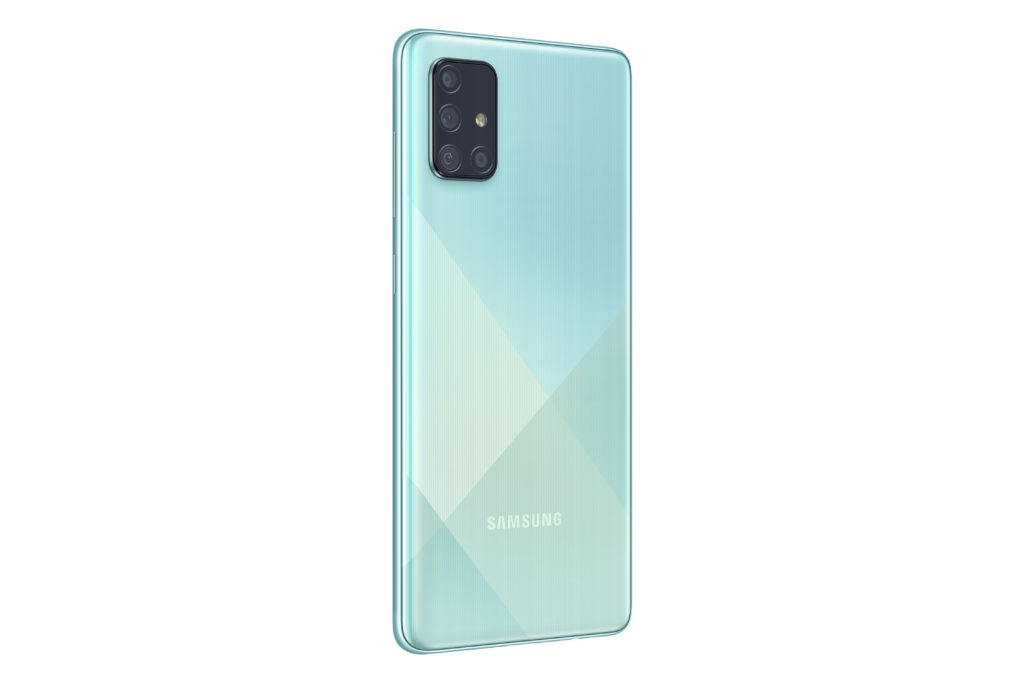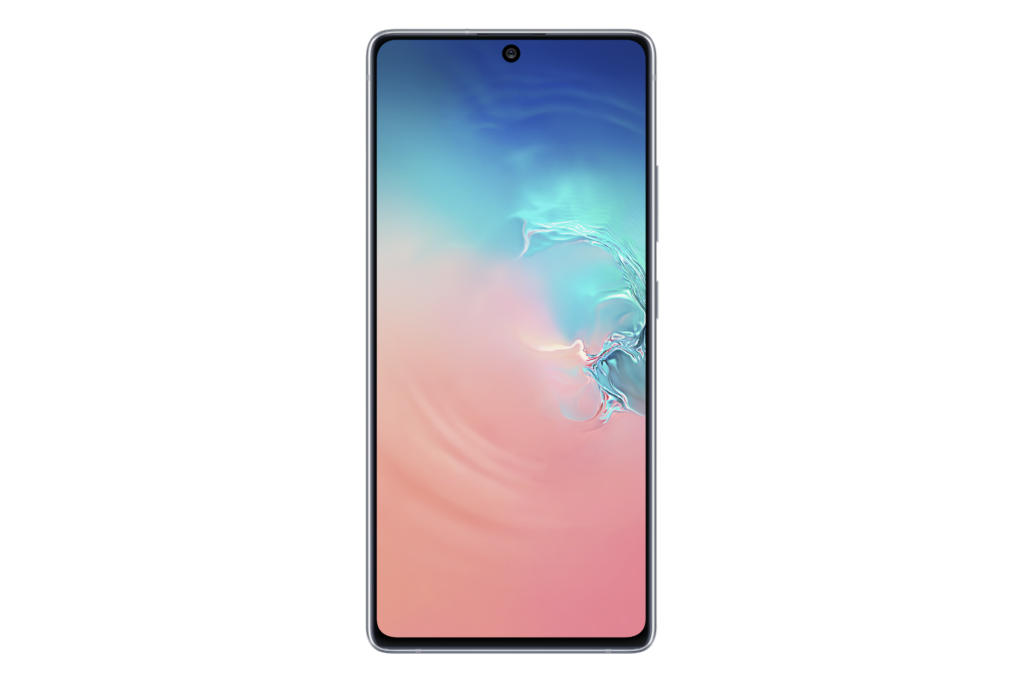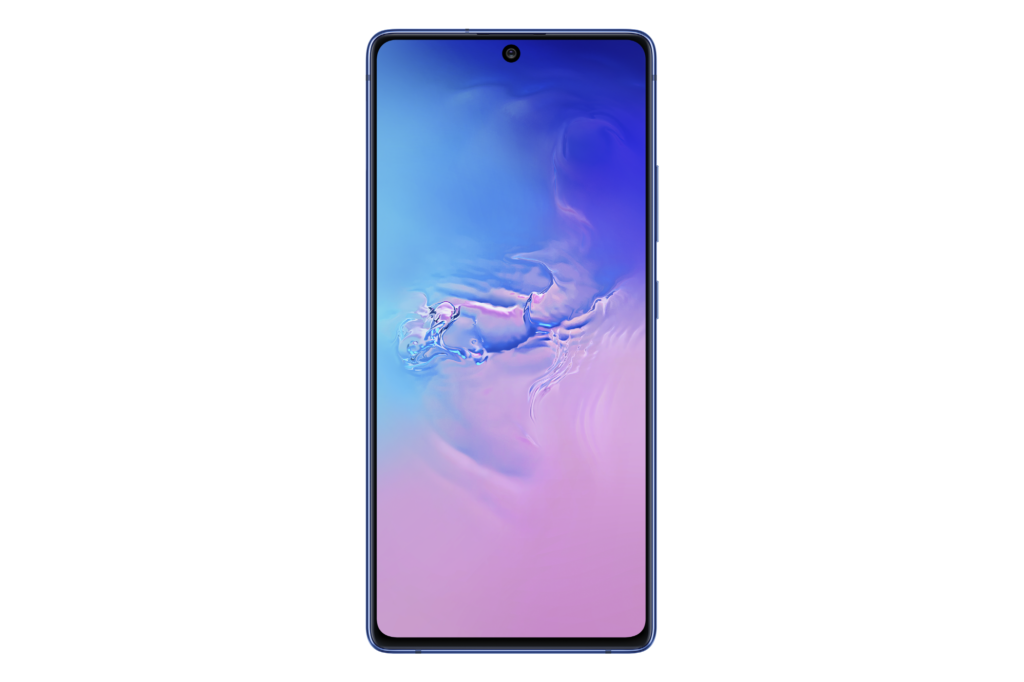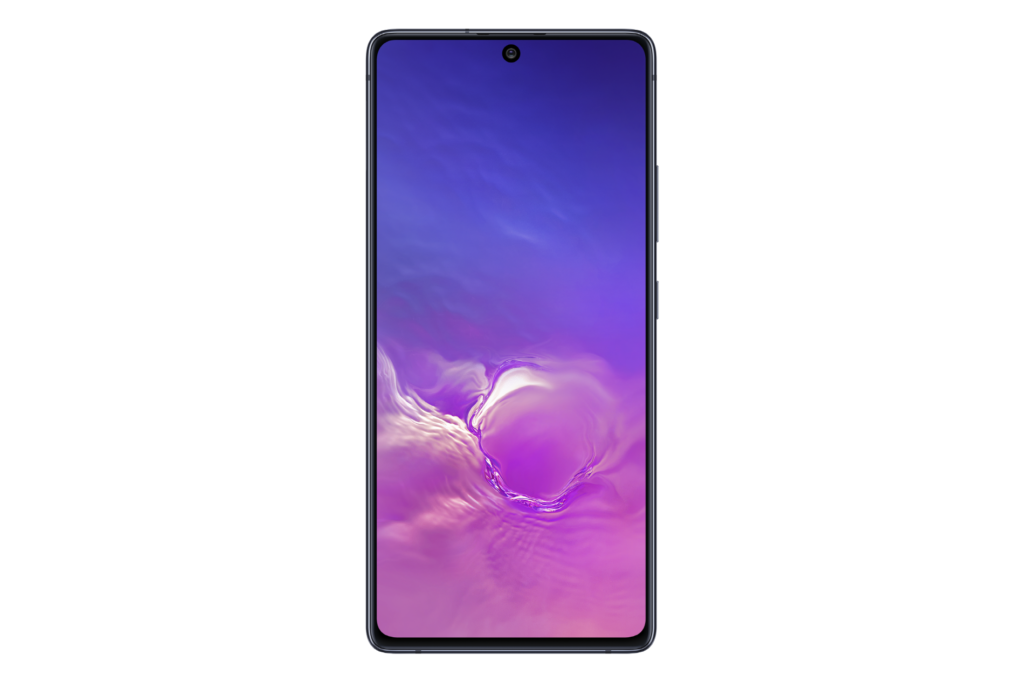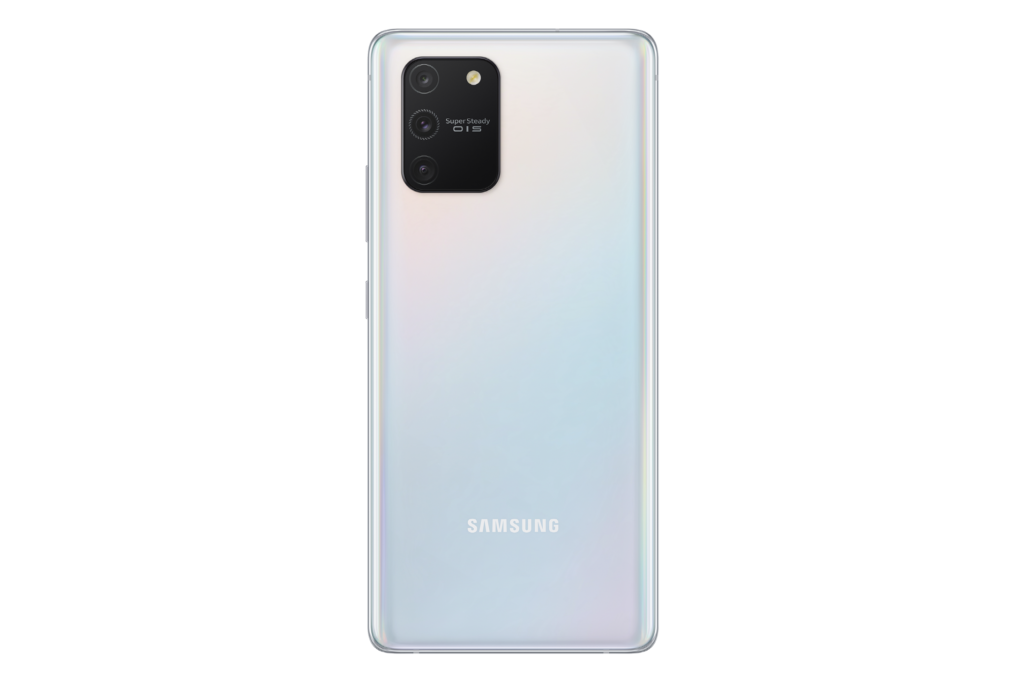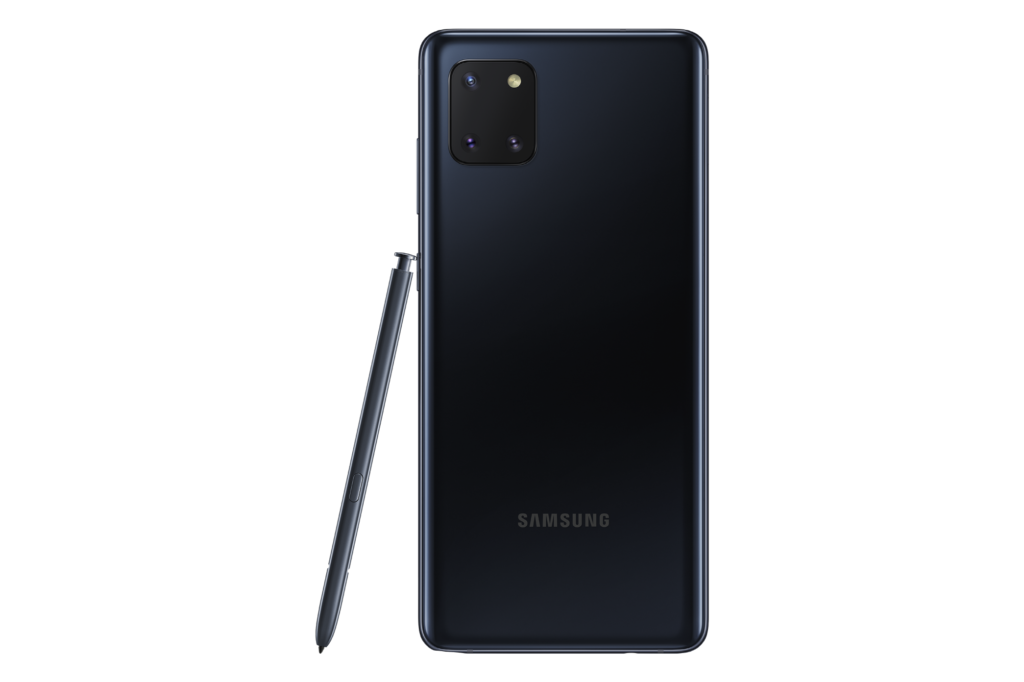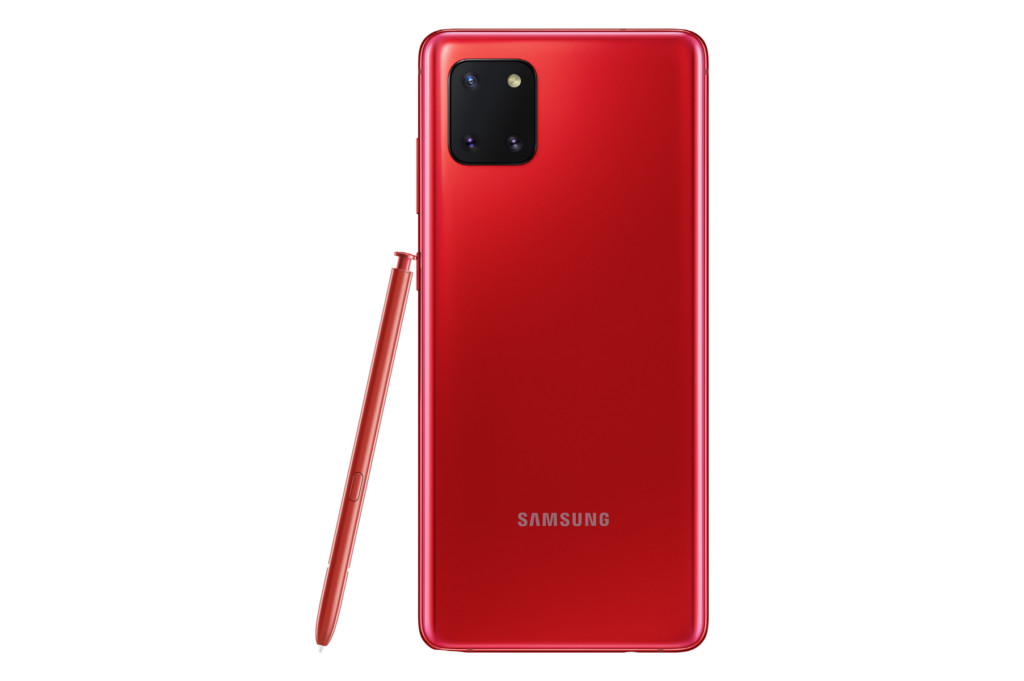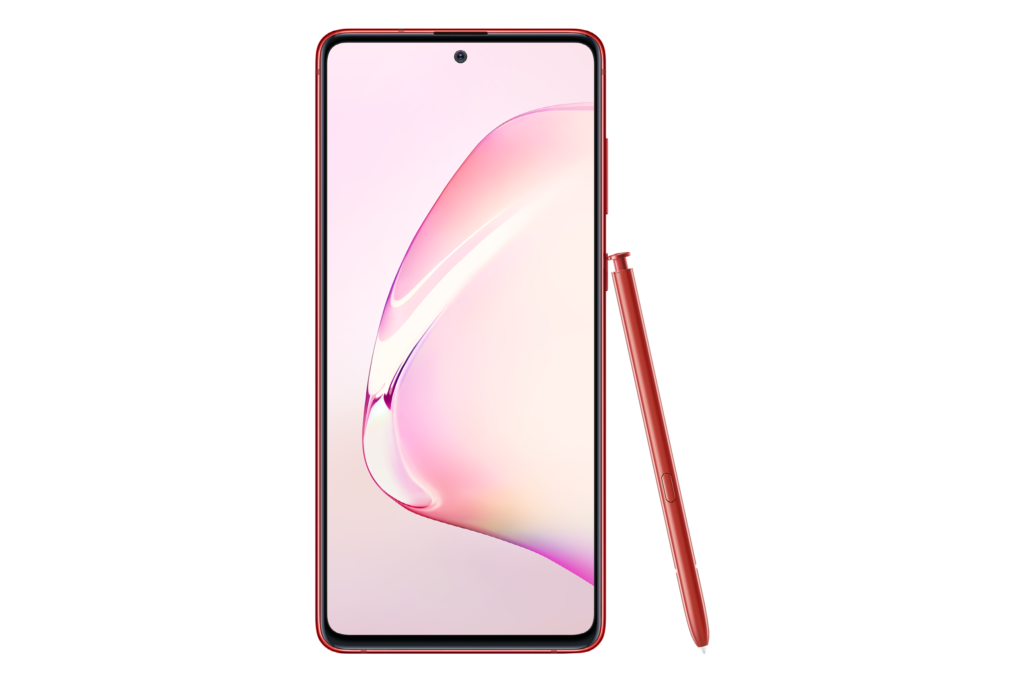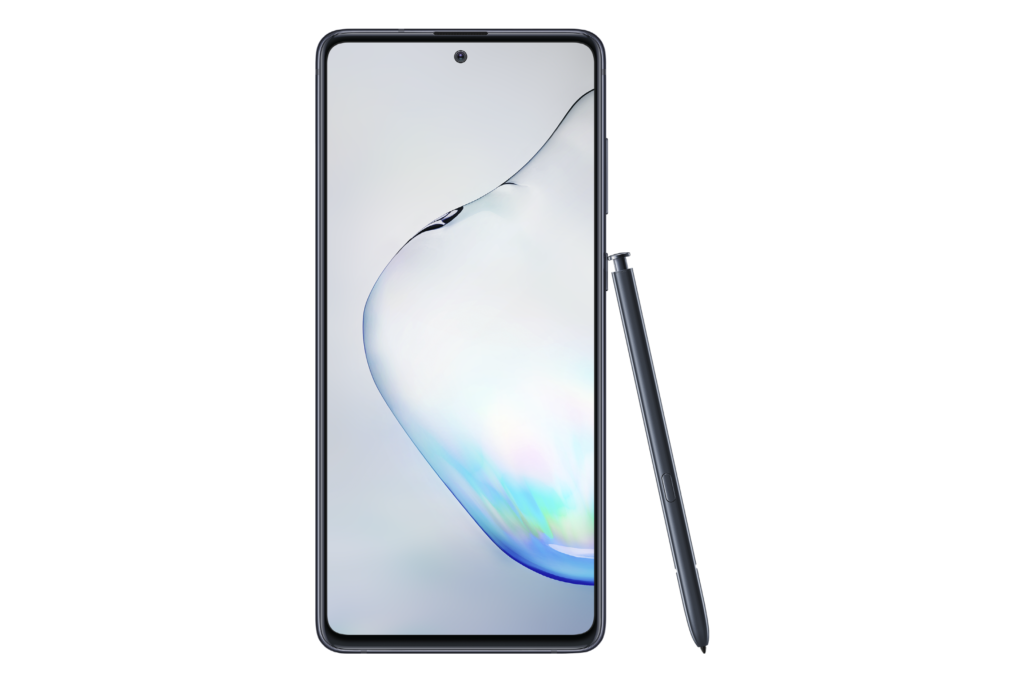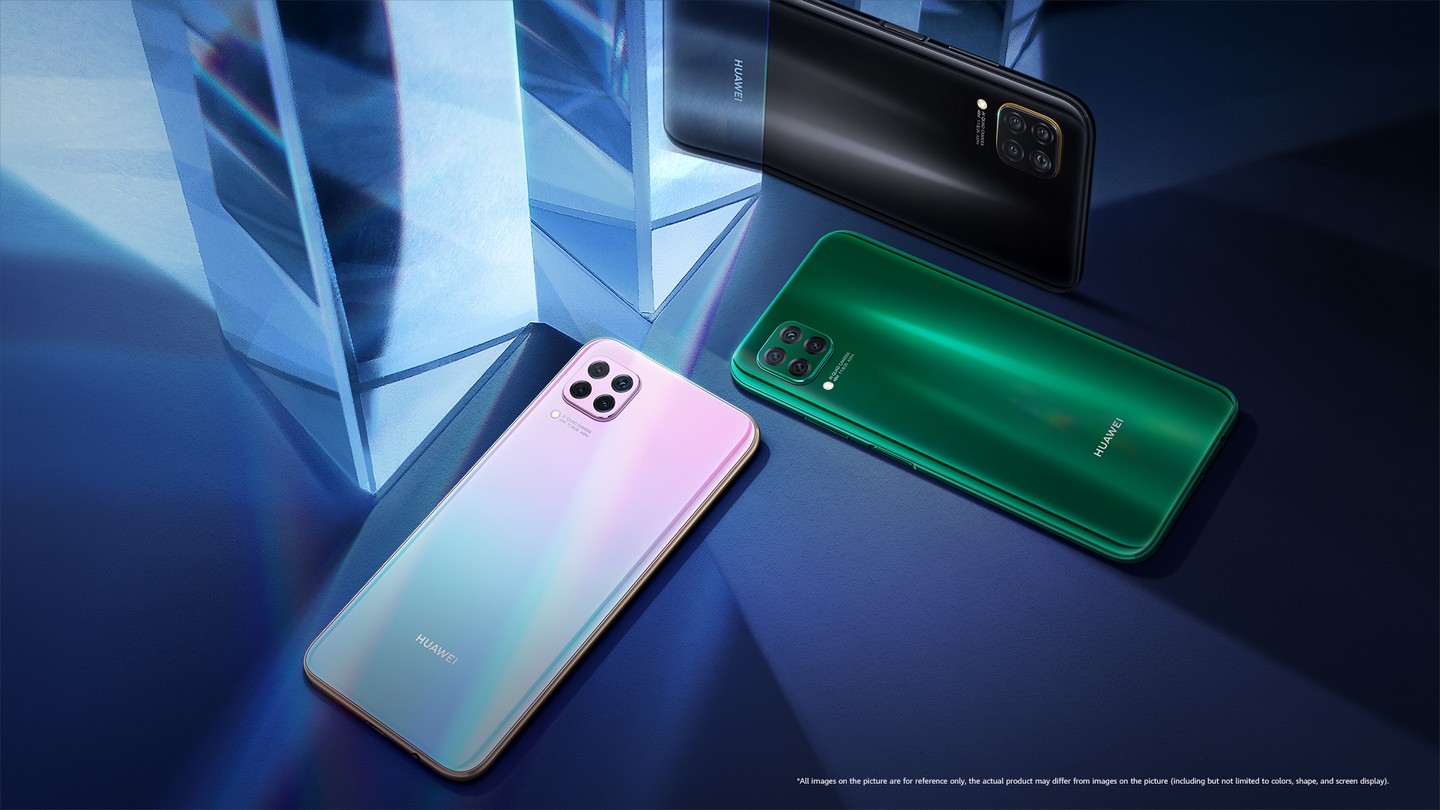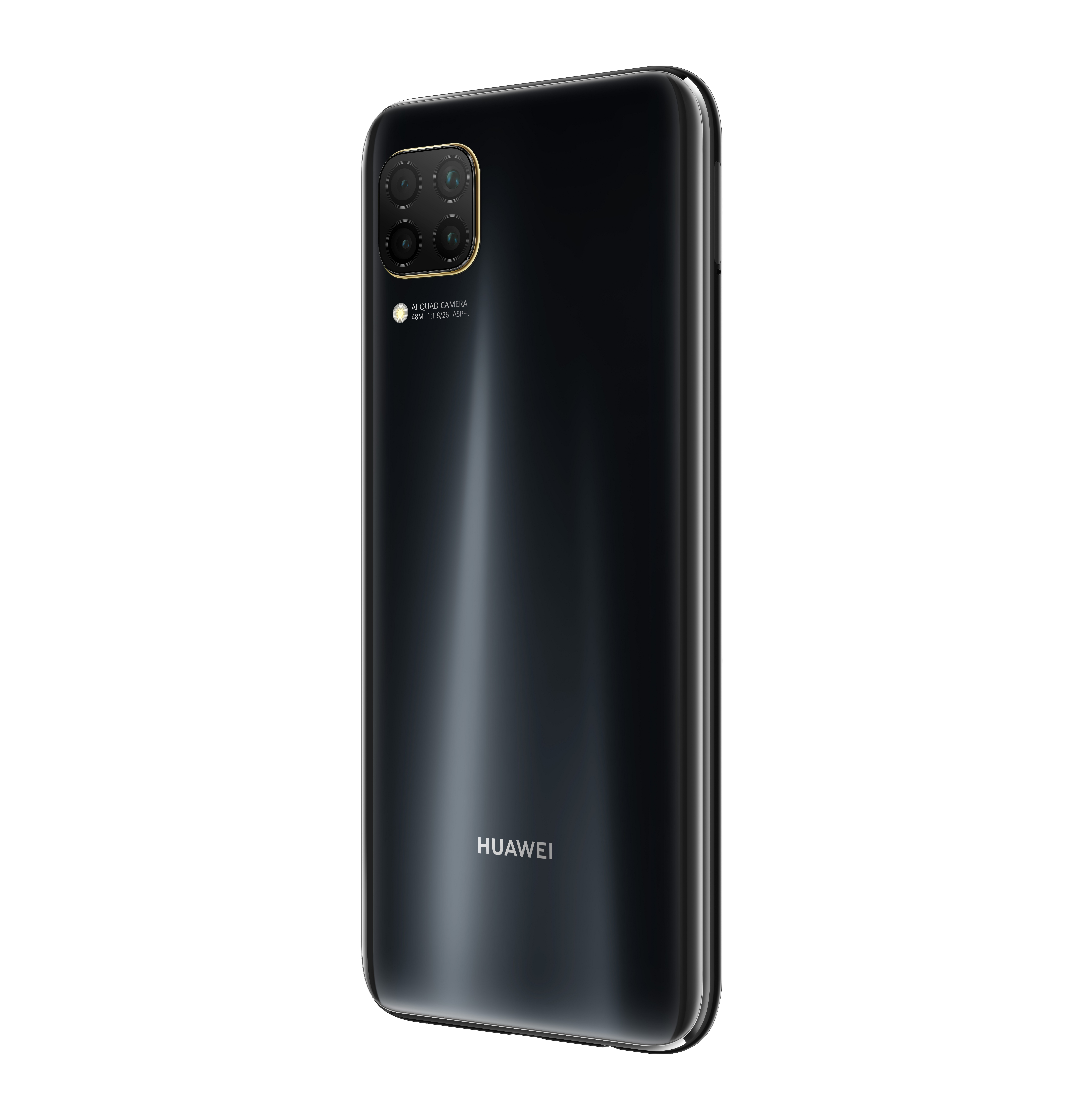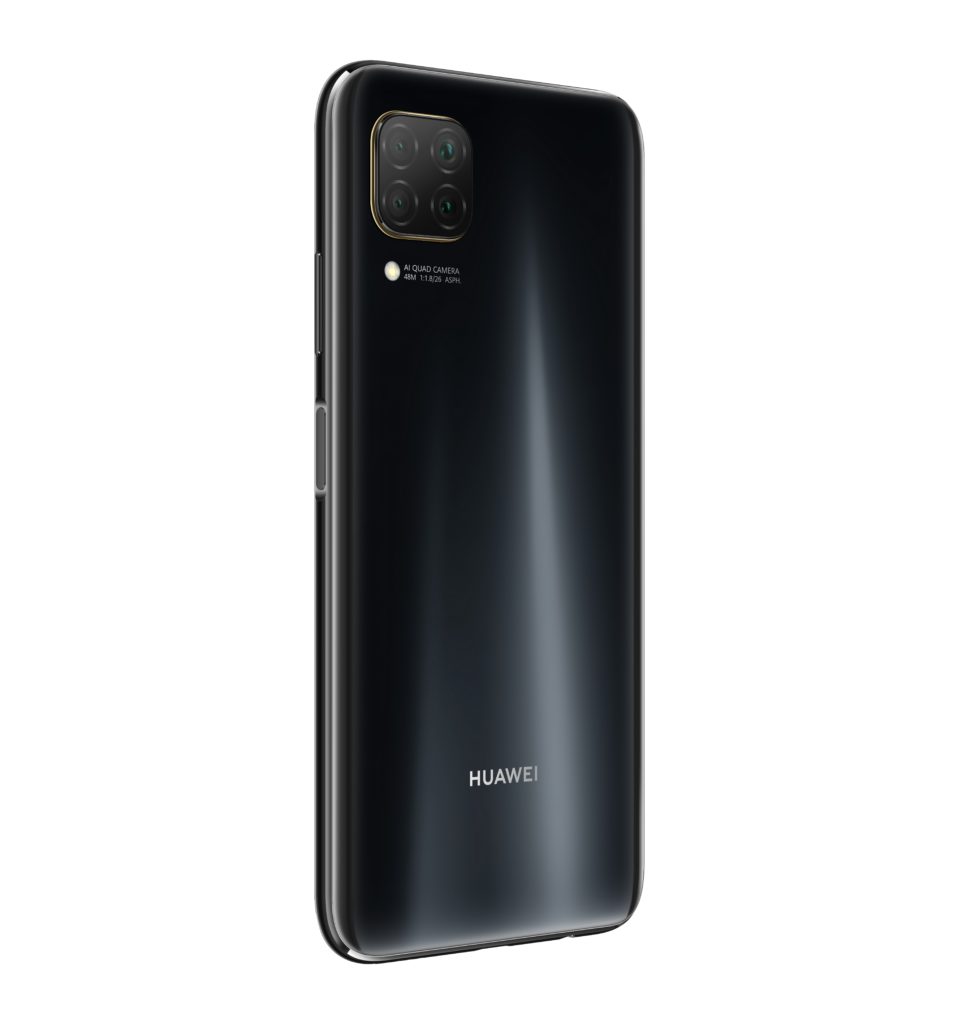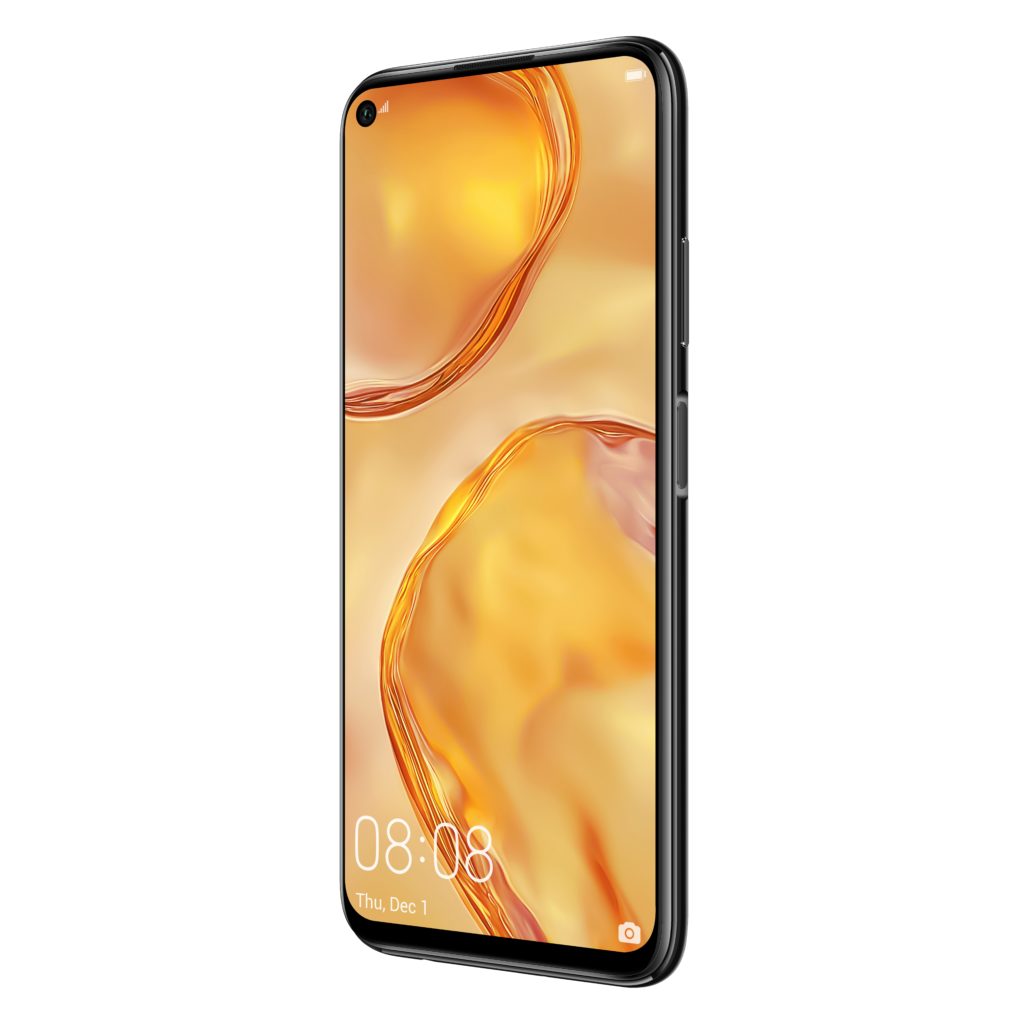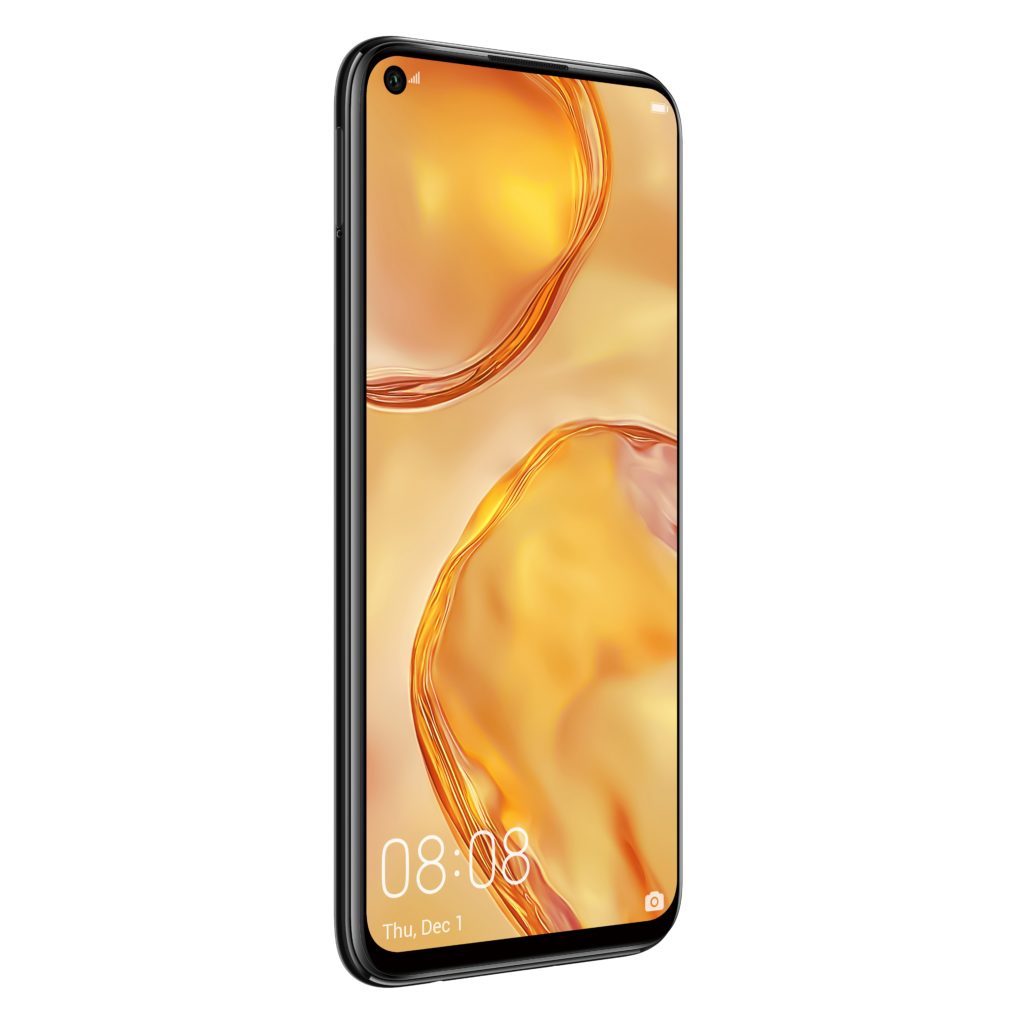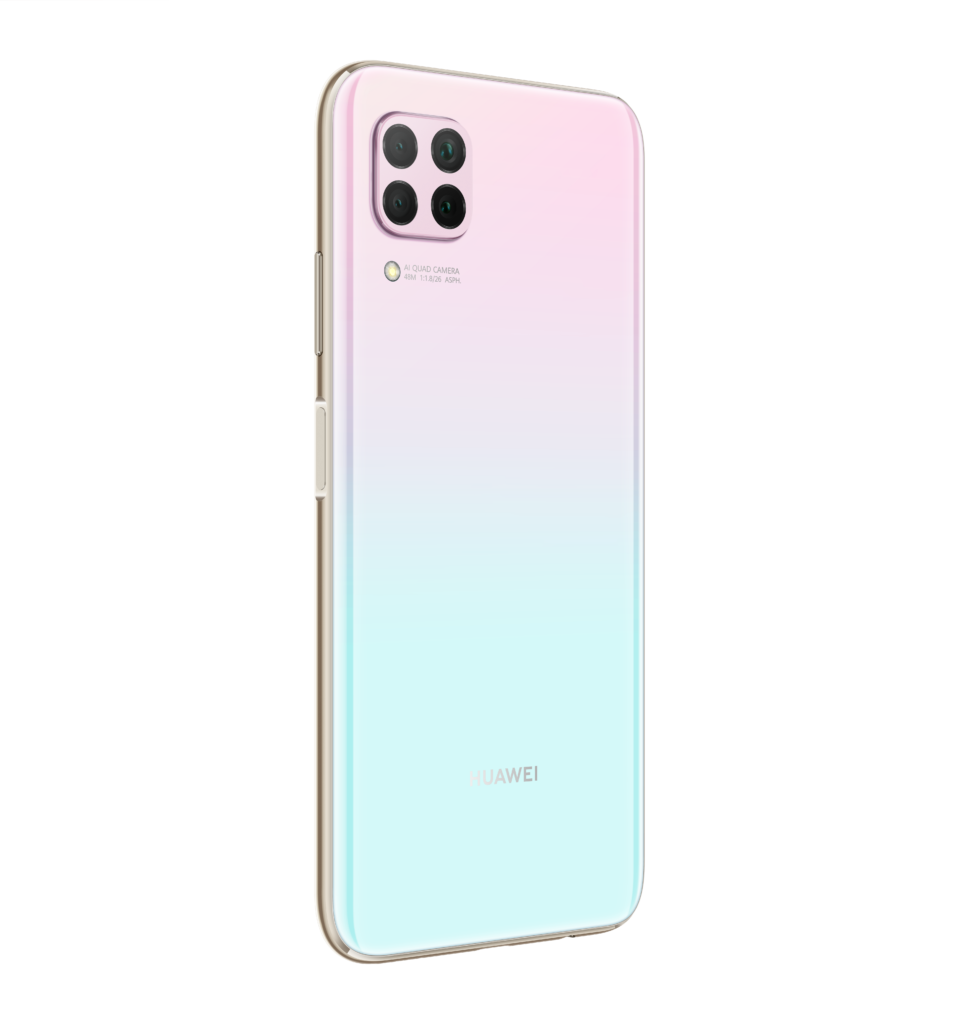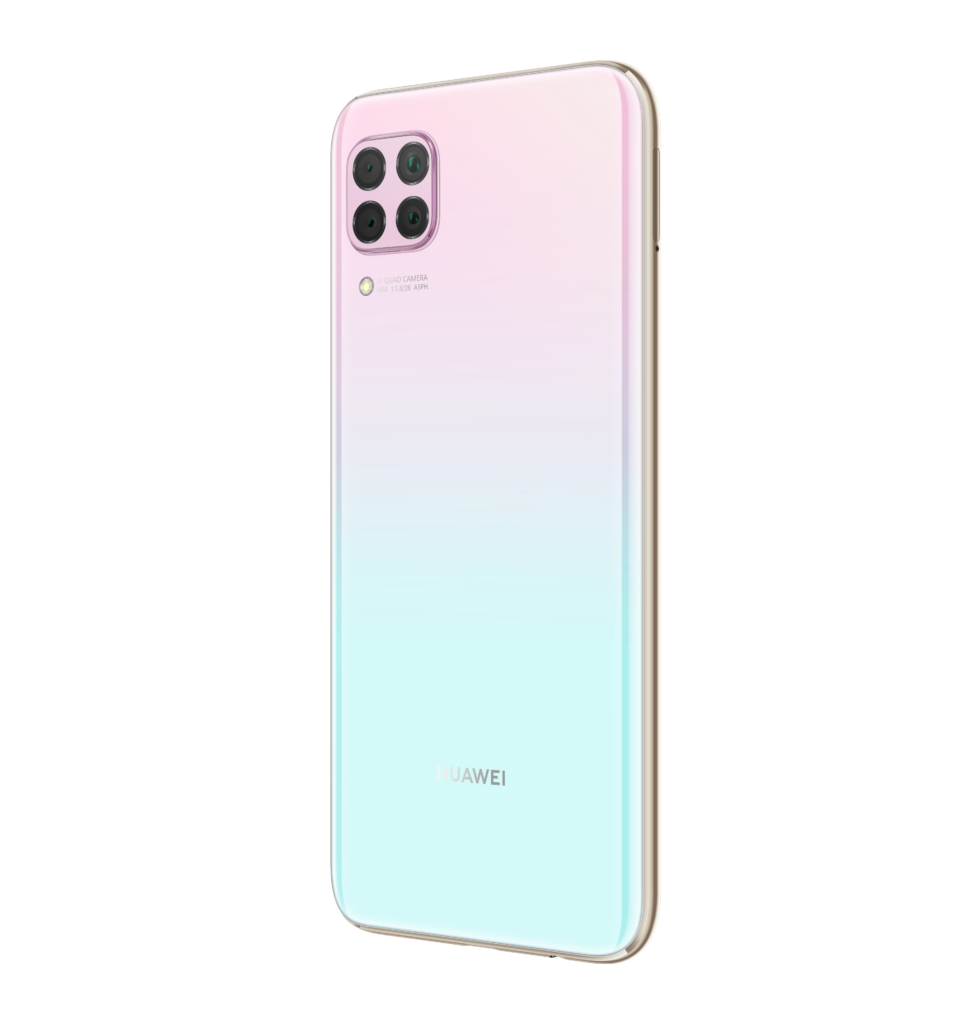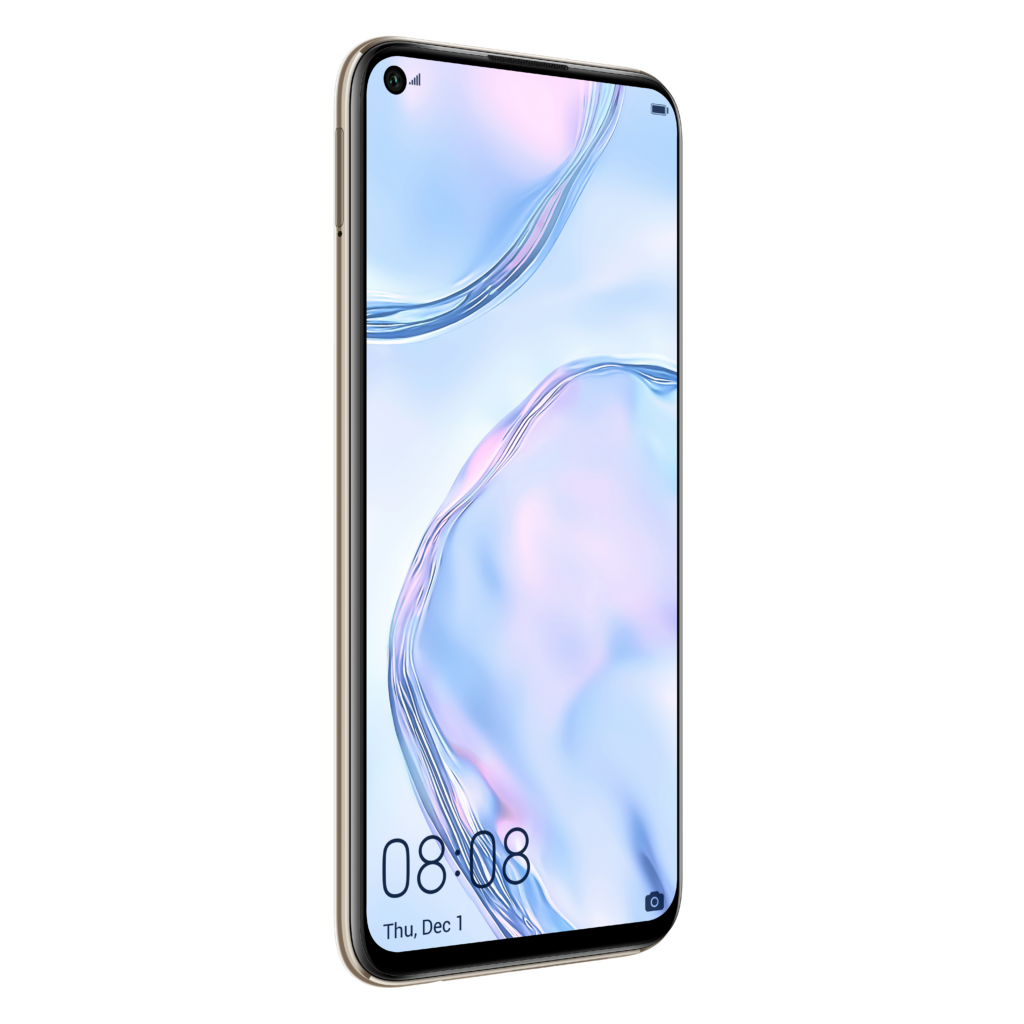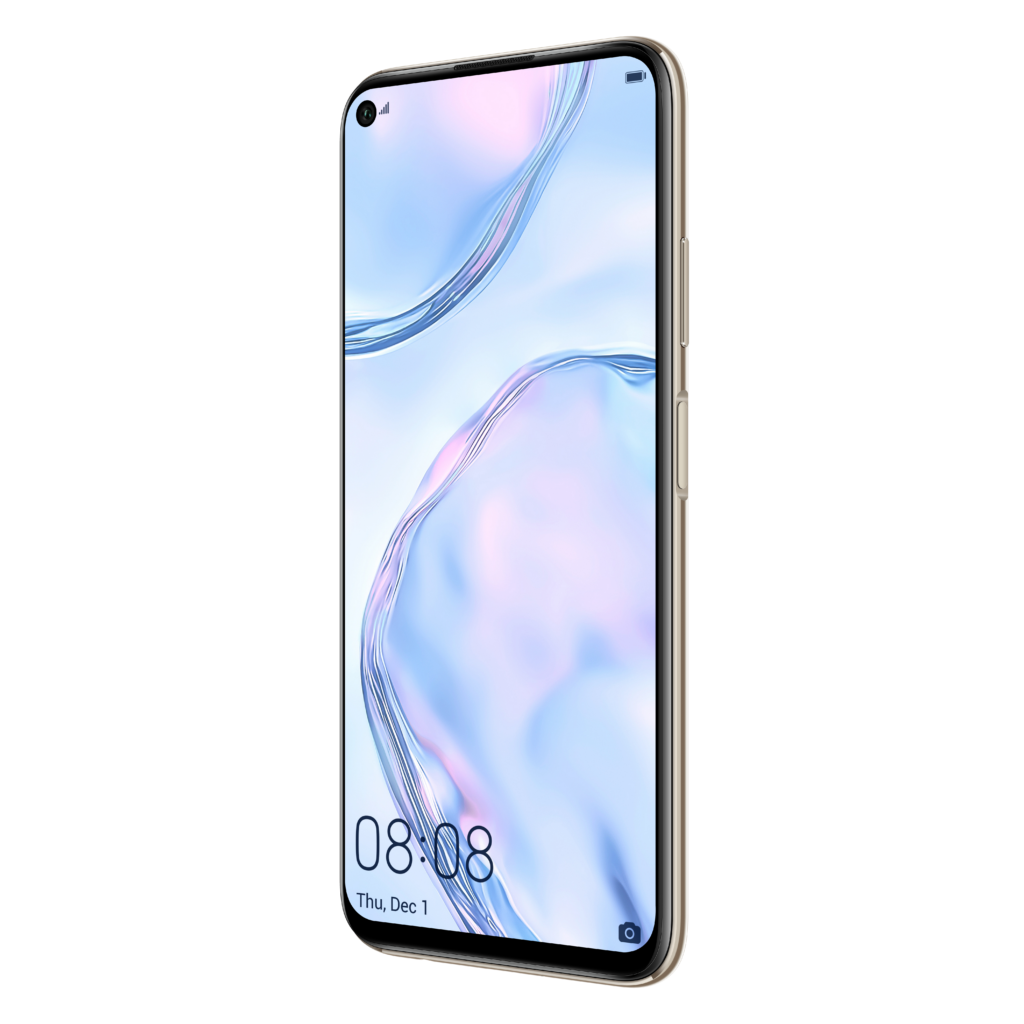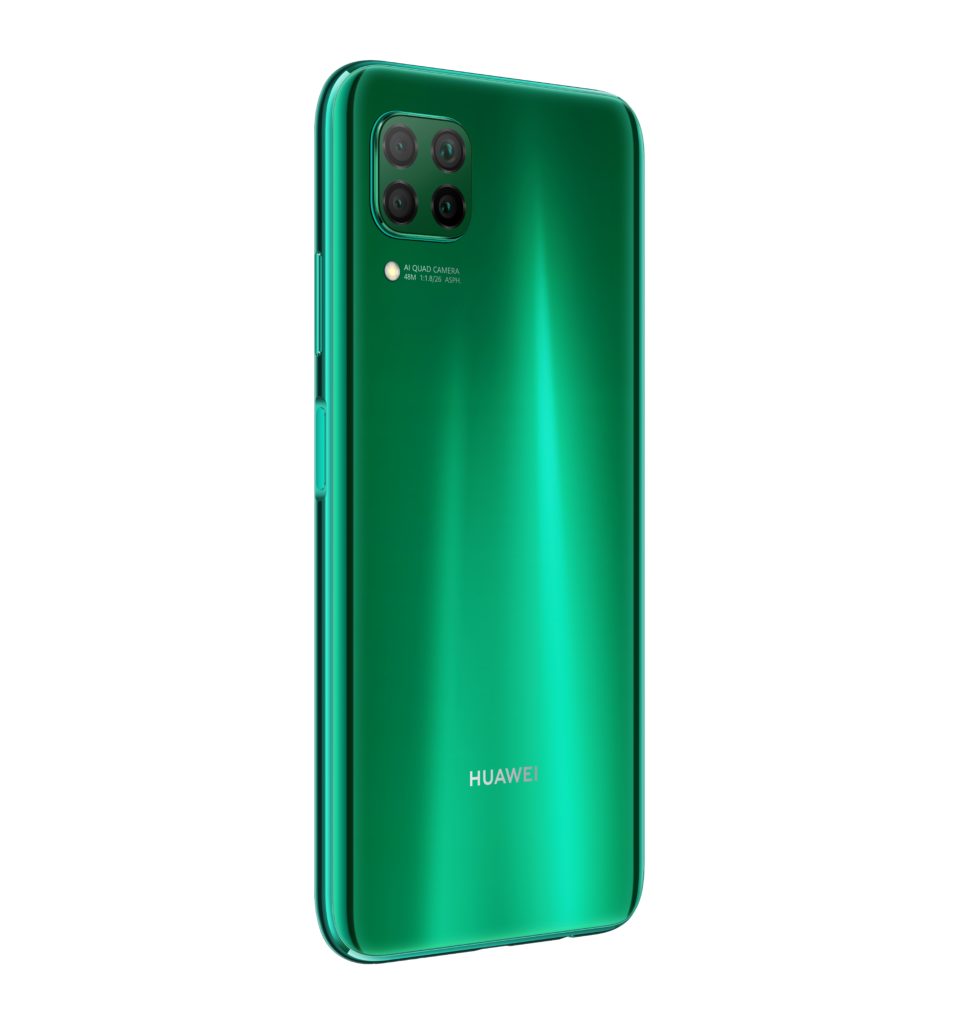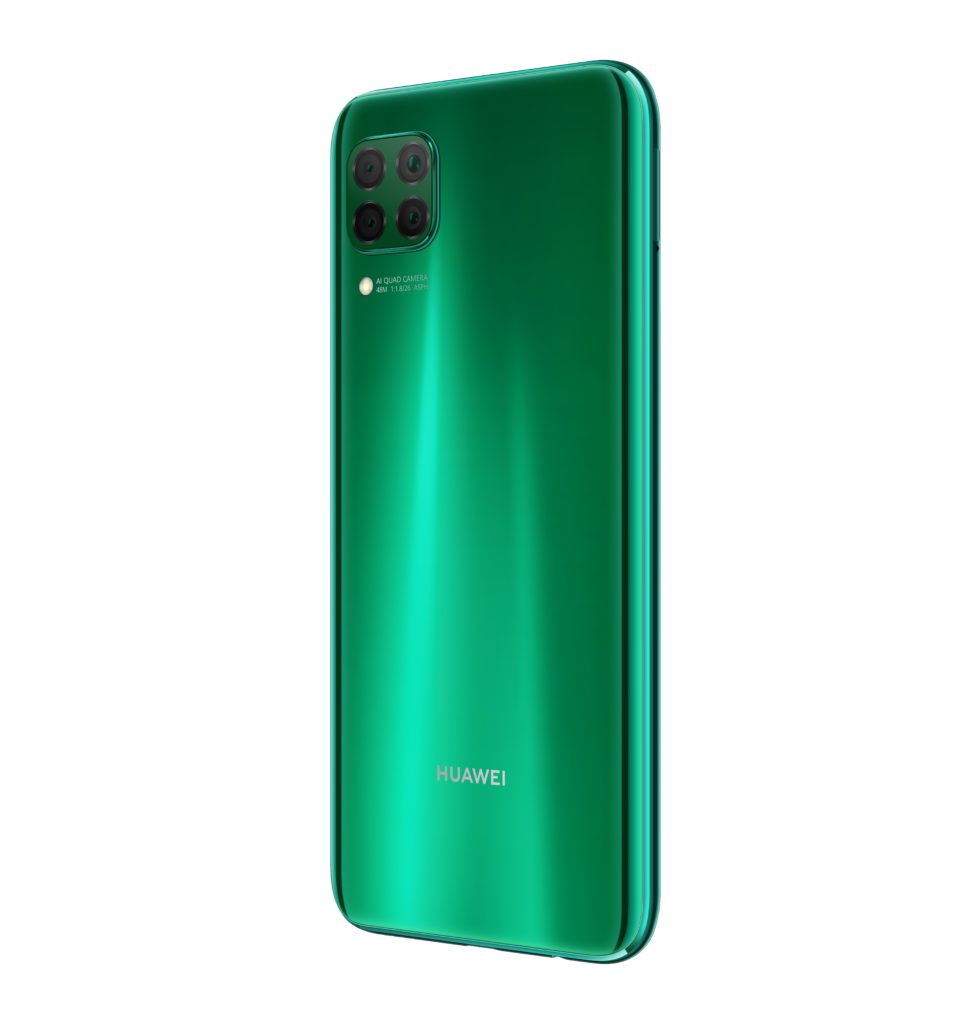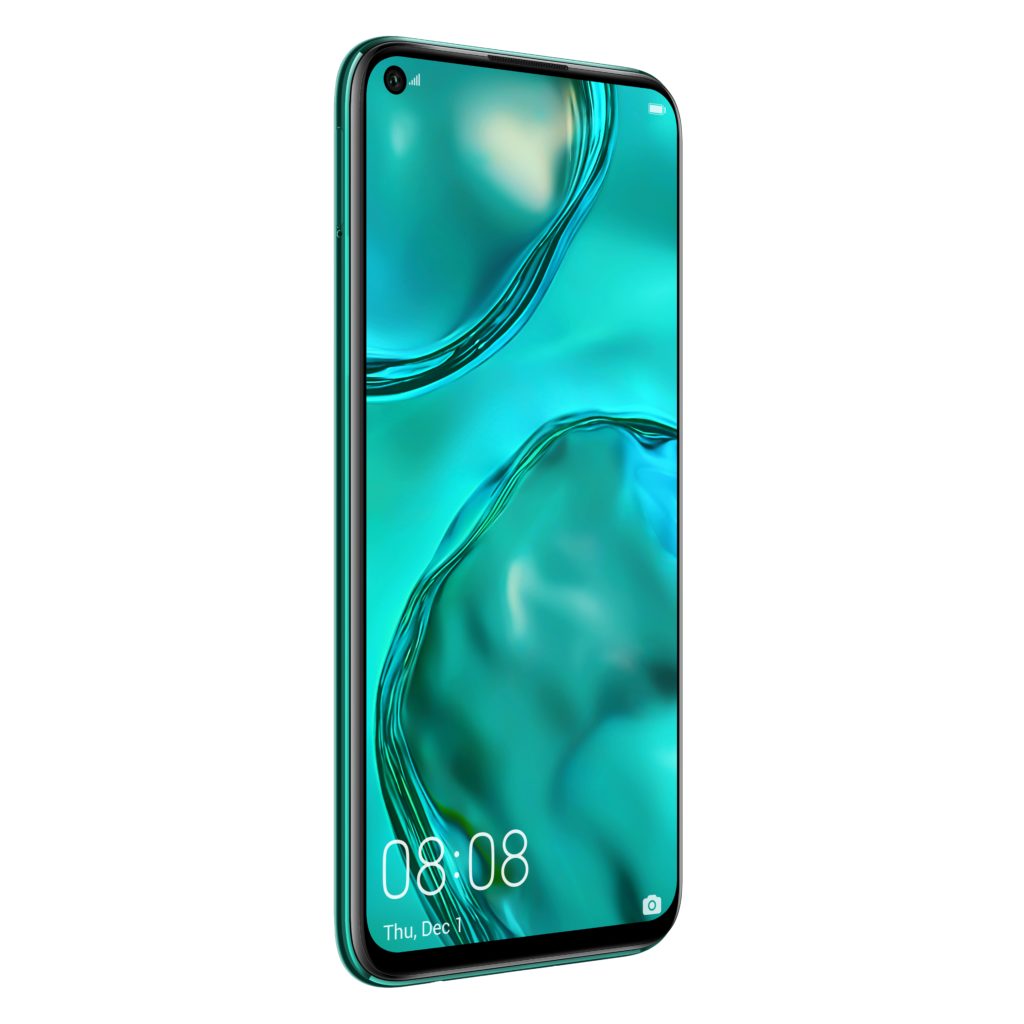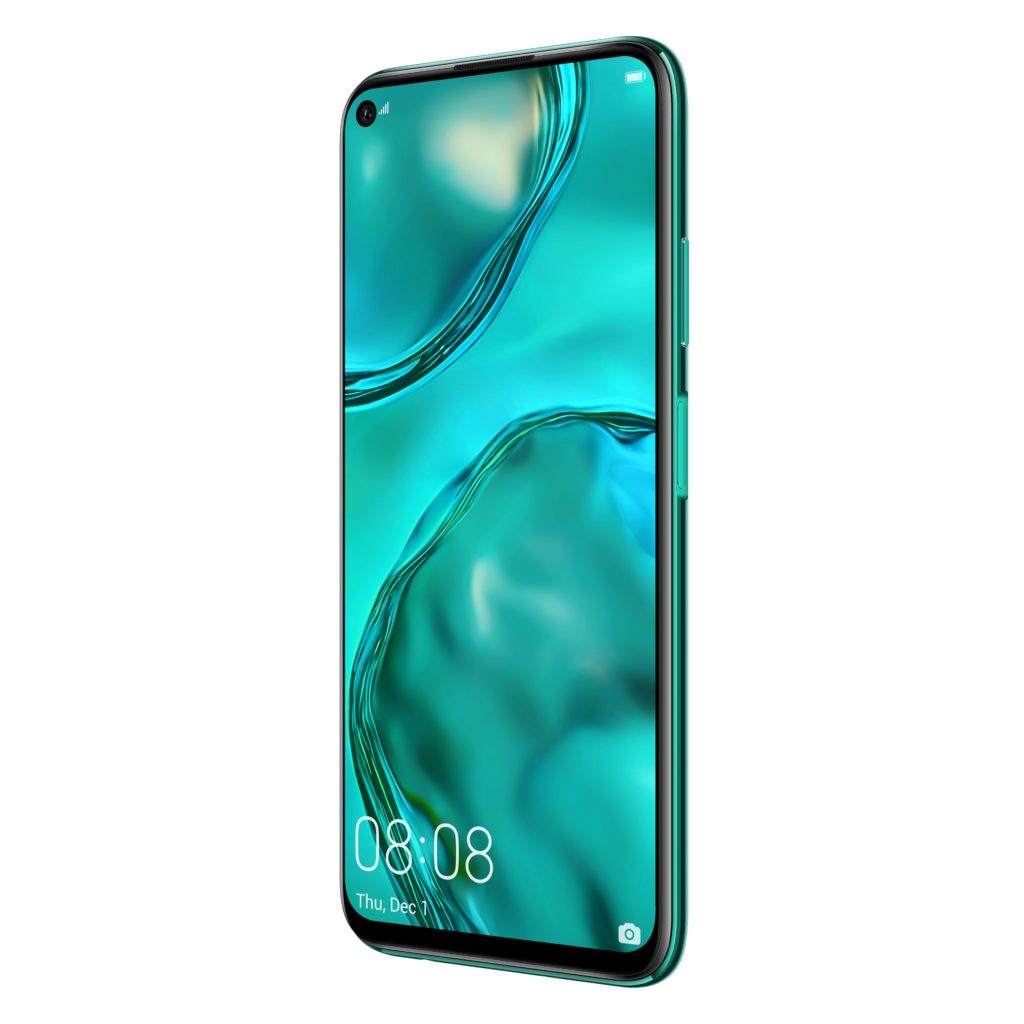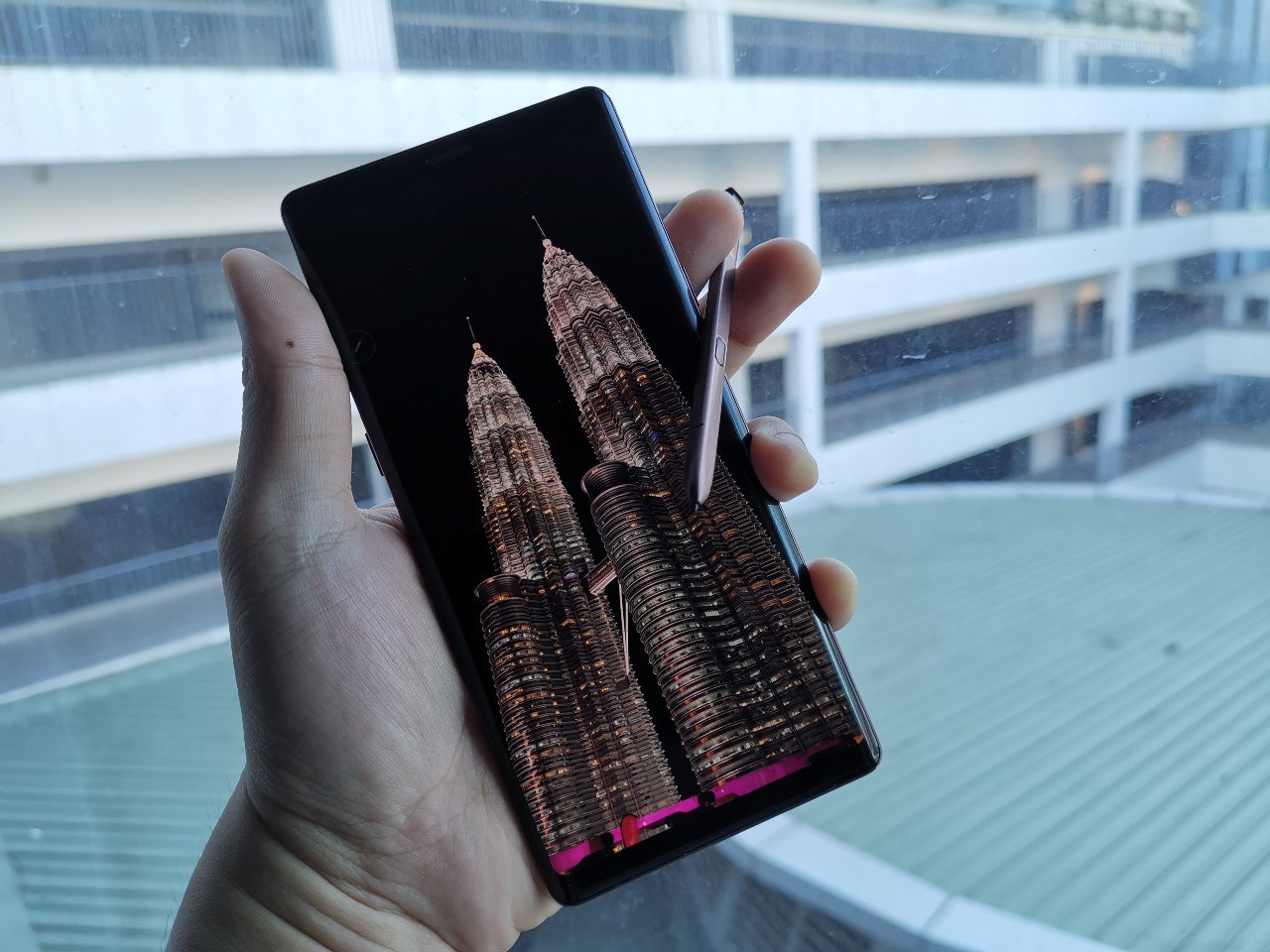The smartphone is changing; it’s a fact that we can’t deny anymore. Samsung officially unfolded their revolution with the Galaxy Fold last year. This year, they’re going to make you flip for the new Samsung Galaxy Z Flip. The Z Flip refines some of the features we saw with the Galaxy Fold and gives it a new form factor. Samsung touts the new flip phone as a perfectly compact, statement smartphone.
Premium Design with Cutting Edge Materials
The Samsung Galaxy Z Flip comes with a new design which isn’t just eye catching, it takes the fold of the Galaxy fold and flips it. (Yes, pun very much intended!). The Z Flip unfolds to the reveal a 6.7-inch foldable display within its sleek square body. The display on the Z Flip has a Full HD+ resolution of 2636×1080 pixels with a pixel density of 425ppi. Samsung claims that, unlike its competition and the Galaxy Fold, the Samsung Galaxy Z Flip comes with an ultra thin, flexible Glass Super AMOLED display. This is possibly the first product available to consumers with flexible glass. It’s also Samsung’s first 21.9:9 aspect ratio screen.
The hinge of the Galaxy Flip Z has been improved. Taking feedback and lessons from the launch of the Galaxy Fold, the Flip Z comes with a new Hideaway Hinge. This hinge literally hides away when you open the Flip Z. The hinge silently tucks itself between the two halves of the Flip. The new hinge also comes with nylon fibres in between that help keep dust and particulates out of it.
Unique User Experience, Natively Supported by Android
The User Interface (UI) of the Galaxy Z Flip has also been enhanced; it now comes with a unique feature which allows the phone to be used at different folding angles. The new Flex mode on the Flip allows the phone to be used in a similar way to that of a laptop. The smartphone will be able to be used at three different angles thanks to the three stop hinge. The 6.7-inch display is split into two smaller 4-inch displays. The bottom portion of the display becomes a dedicated interaction area while the top continues to behave as a display.
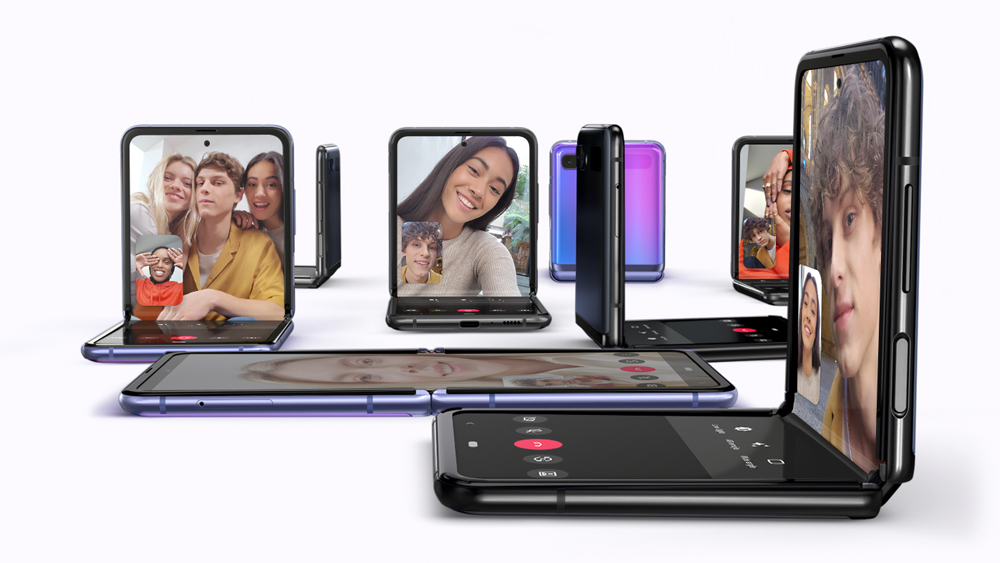
The new interaction mode is supported natively by Android 10. During the Unpacked event, it was announced that Google Duo and YouTube Premium will support Flex Mode out of the box. Google also announced that the APIs for development on other multi-mode devices are already available. So, it wouldn’t be a surprise to see more apps hit the Google Play Store soon.



The Galaxy Z Flip also come with a 1.1-inch display on the front. This display is activated when the phone is closed. The Cover Display displays notifications, the time and also acts as a screen for selfies when the phone is closed. The new Flip Z is able to use the dual camera setup on the phone to take a selfie on the cover display.
Compromised Specifications
The Flip Z comes with a dual camera setup with two 12-megapixel sensors. The main sensor is a wide angle with a 78 ° field of view and an aperture f/1.8. It supports Super Speed Dual Auto Focus, tracking autofocus, HDR10+ video recording, up to and optical image stabilisation (OIS). The secondary sensor is an ultra wide sensor with a 123 ° field of view with a f/2.2 aperture. The front camera is a 10-megapixel sensor with an 80 ° field of view with an f/2.4 aperture.
The Samsung Galaxy Flip Z comes with a Snapdragon 855+ processor which supports 4G LTE. This is paired with 256GB of internal memory and 8GB of RAM. It will have support for eSIM and a nano SIM. The smartphone will be powered by a 3,300mAh dual battery which is only capable of QuickCharge 2.0 (15W fast charging). On the connectivity side of things, the Flip supports NFC, WiFi a/b/g/n/ac, Bluetooth 5.0, GPS, Galileo,GLONASS and BeiDou. It connects via a USB Type C cable for wired charging. It also supported wireless charging.
Pricing and Availability
The Samsung Galaxy Z Flip will initially be available in Mirror Purple and Mirror Black in select markets starting February 14,2020. The only two announced so far are the U.S. and South Korea. A Mirror Gold colour will be available at a later date.
The Galaxy Z Flip will be retailing for USD$1,380 (MYR 5,704.54).





Samsung is also collaborating with Thom Browne, a renoun American fashion designer for a special limited edition version of the Z Flip. Details of this special edition will be unveiled at New York Fashion week.
Official Specifications


